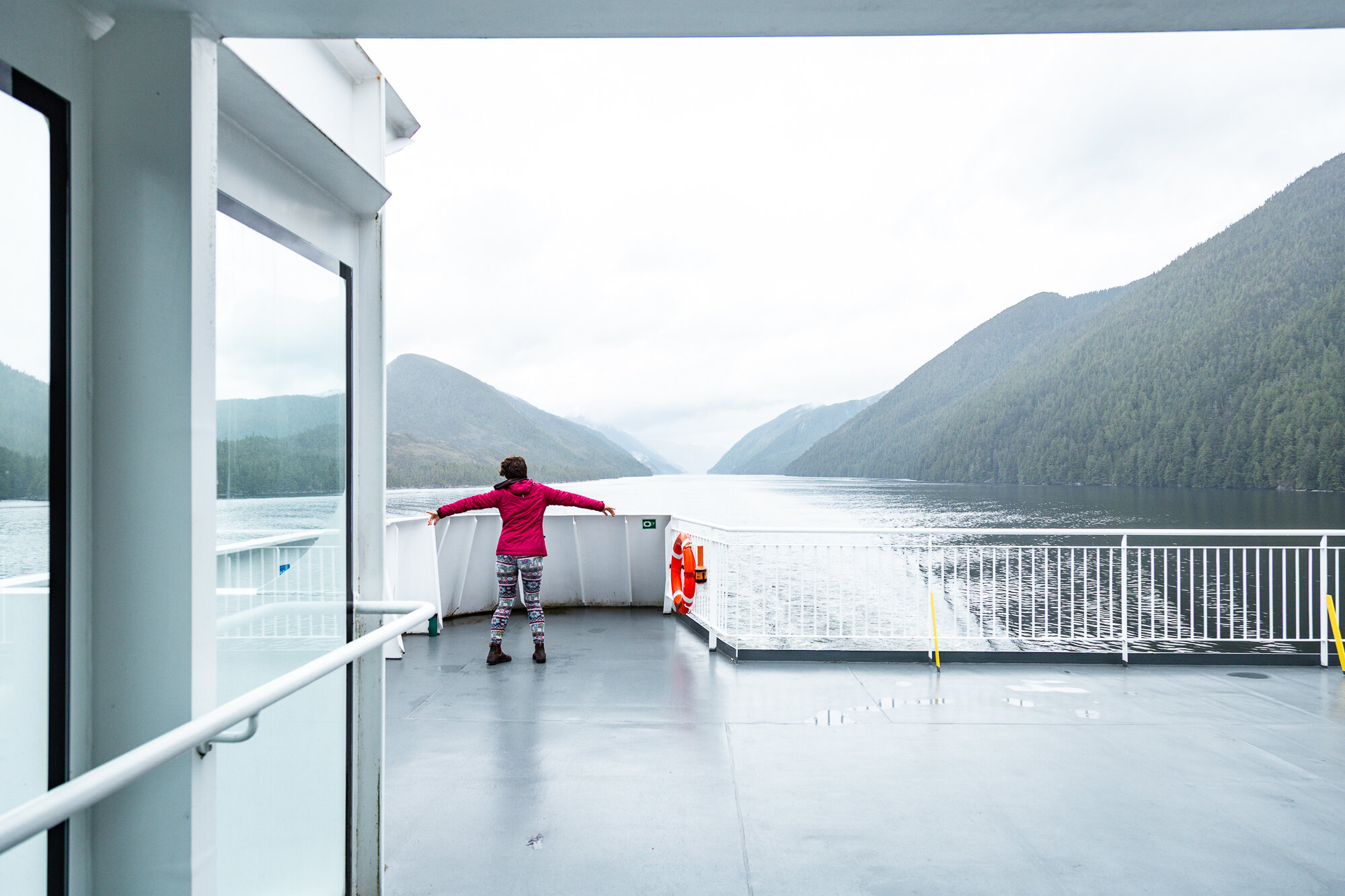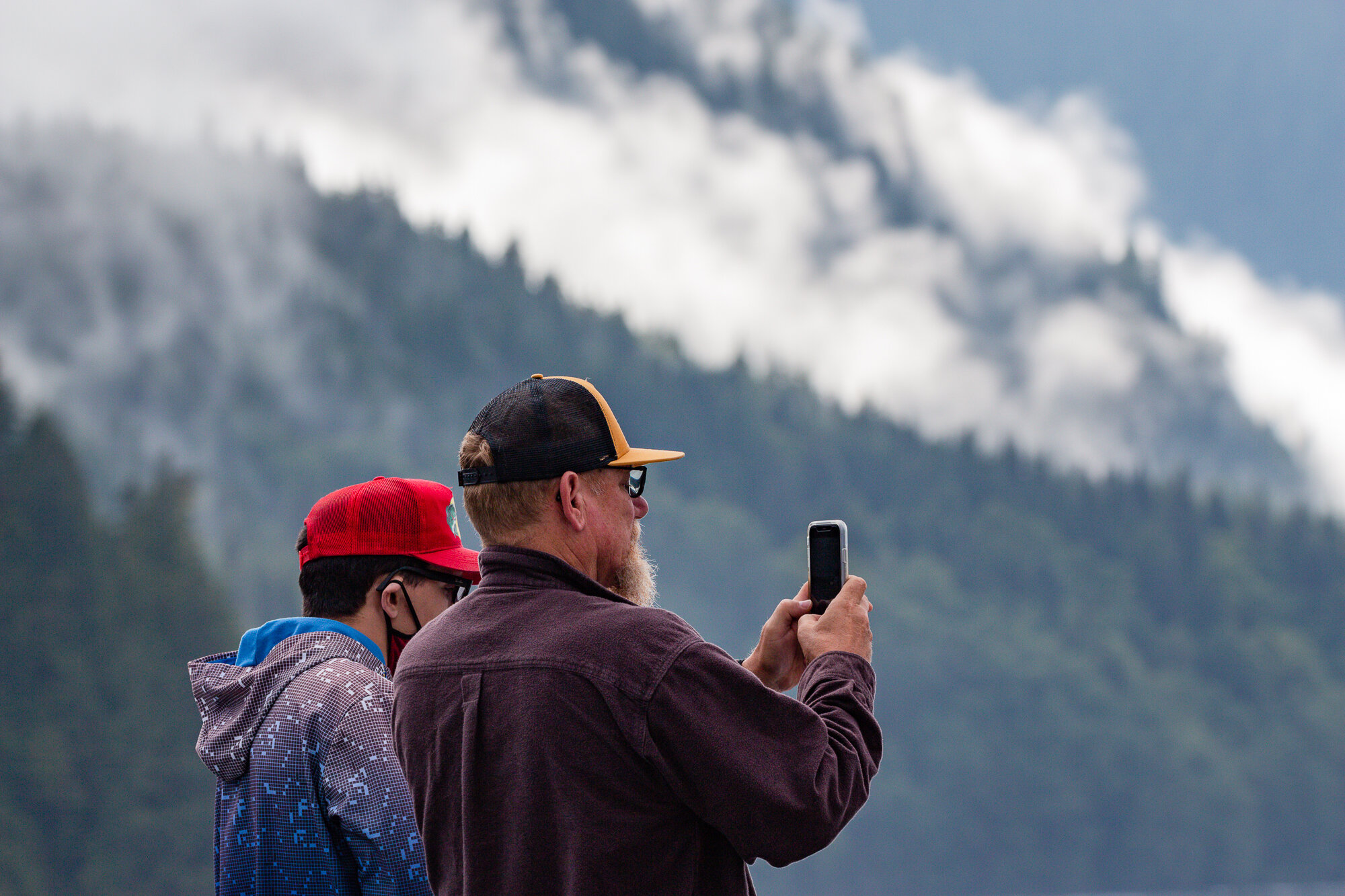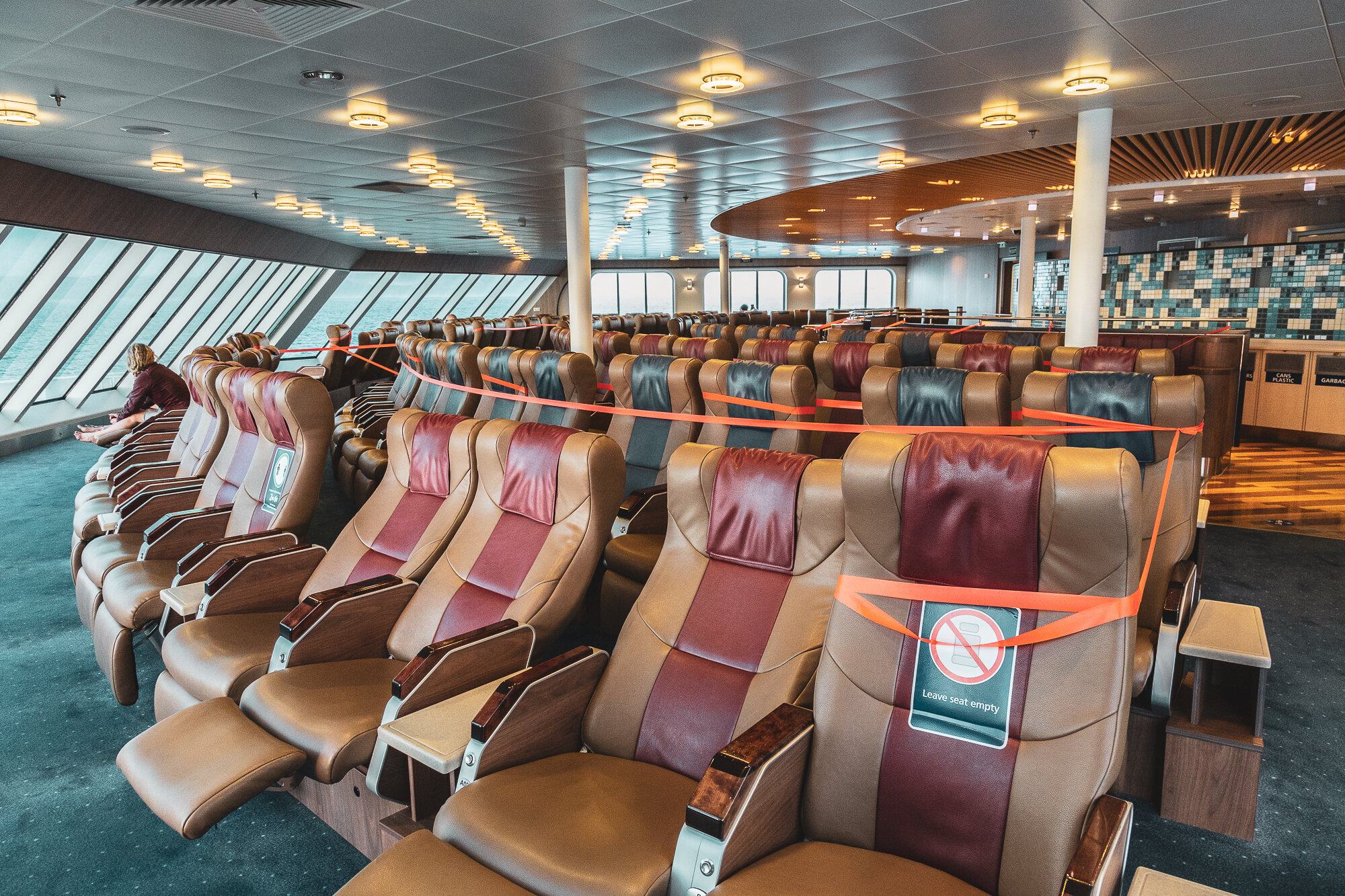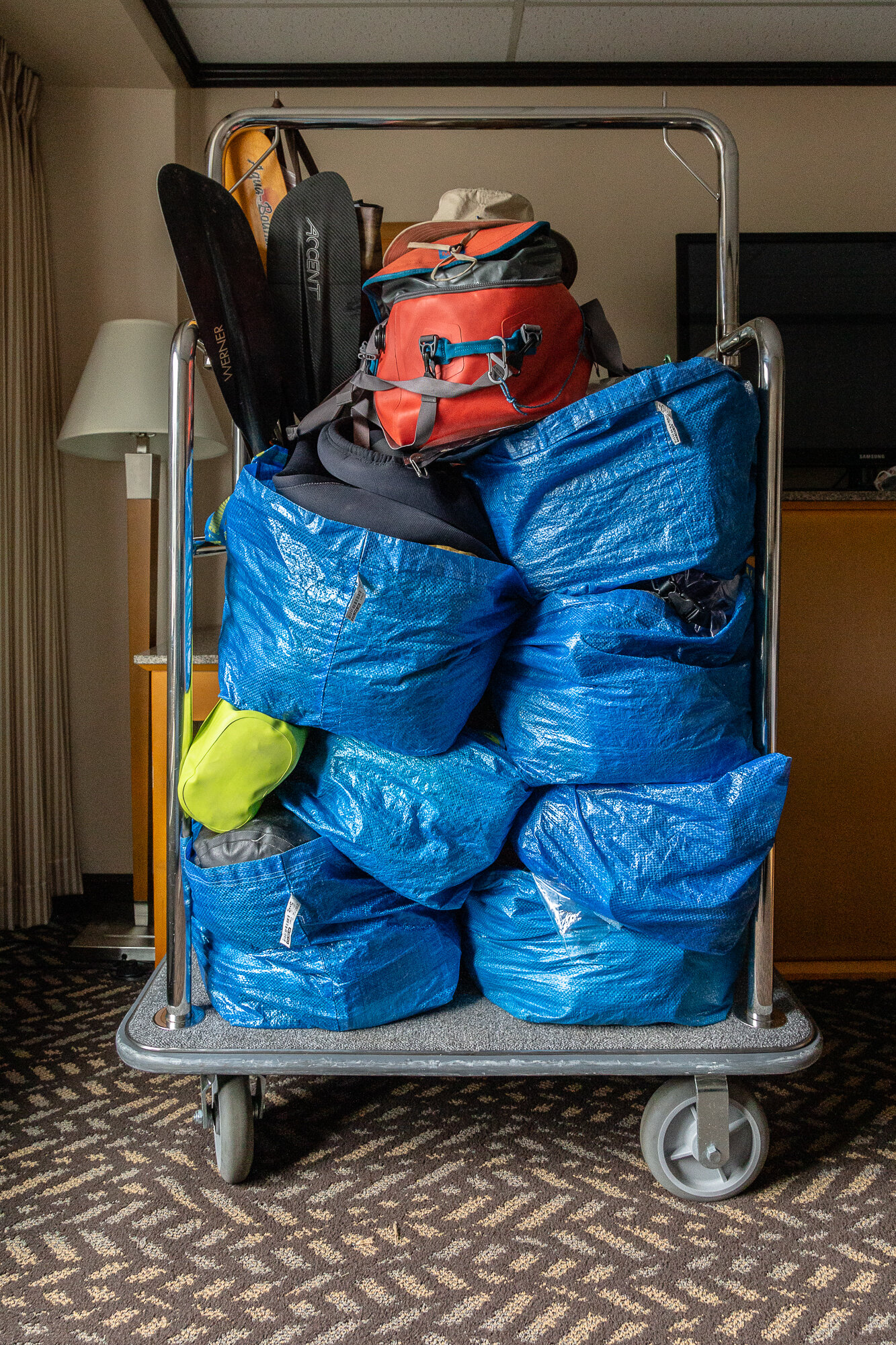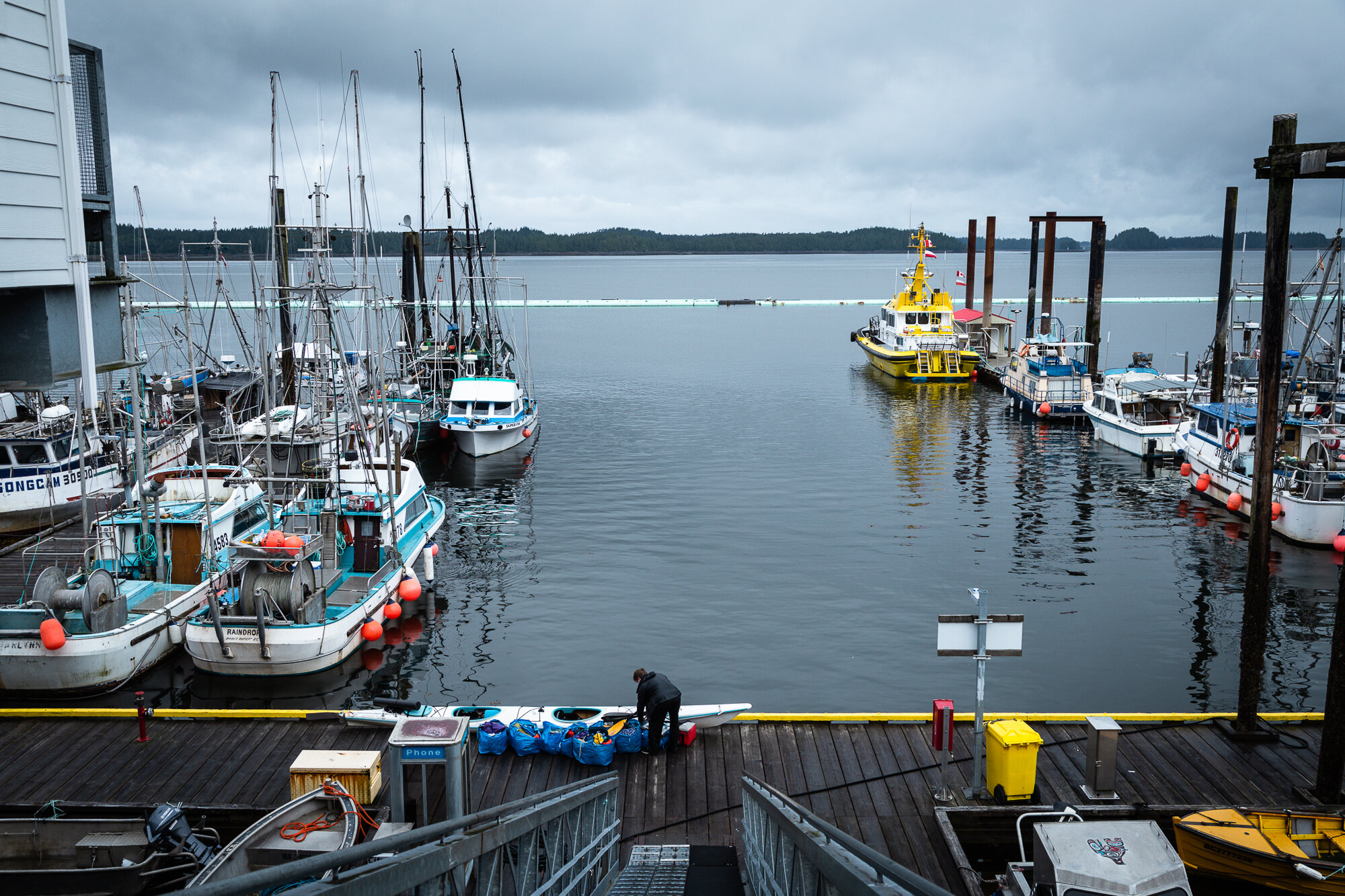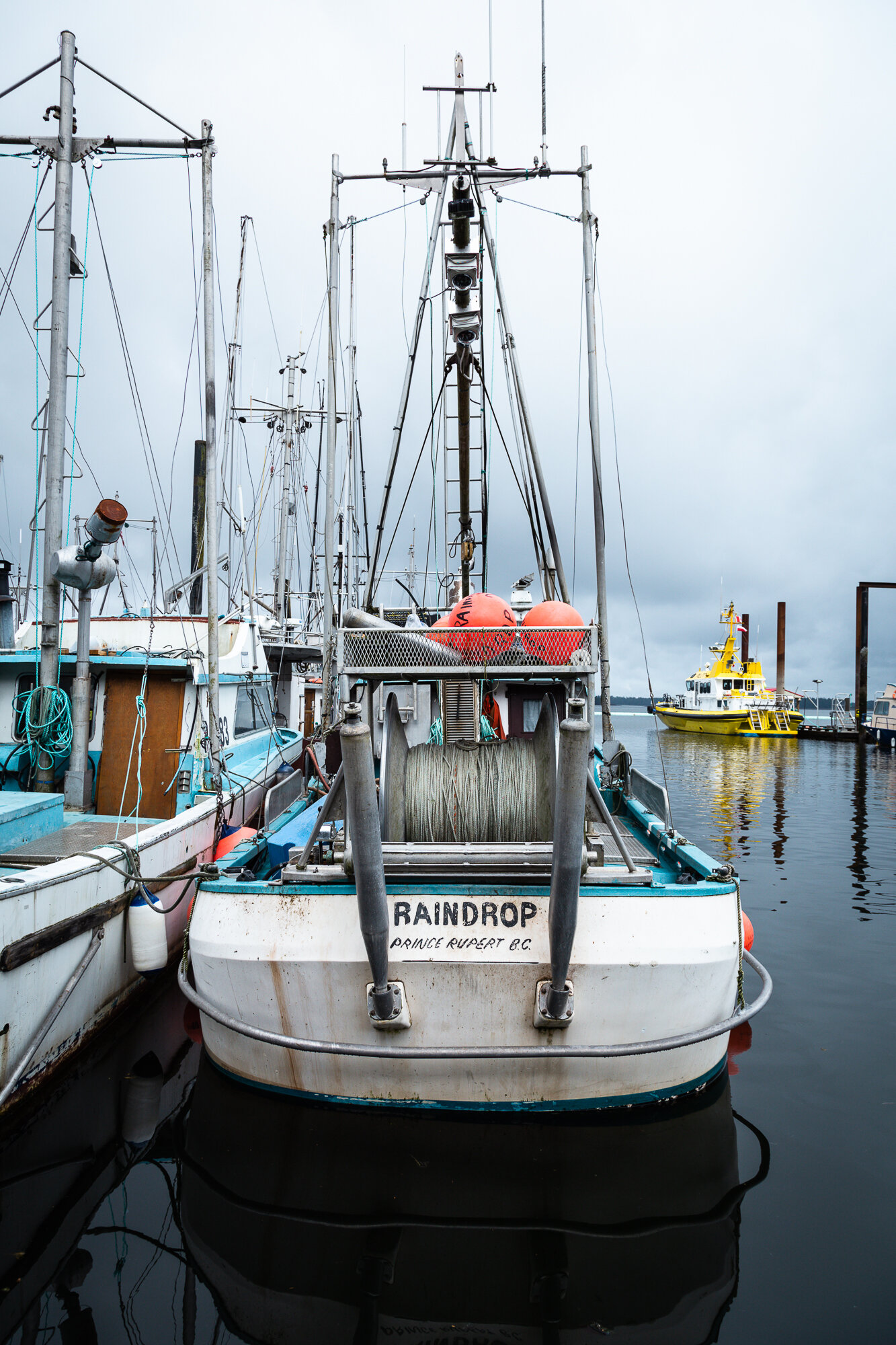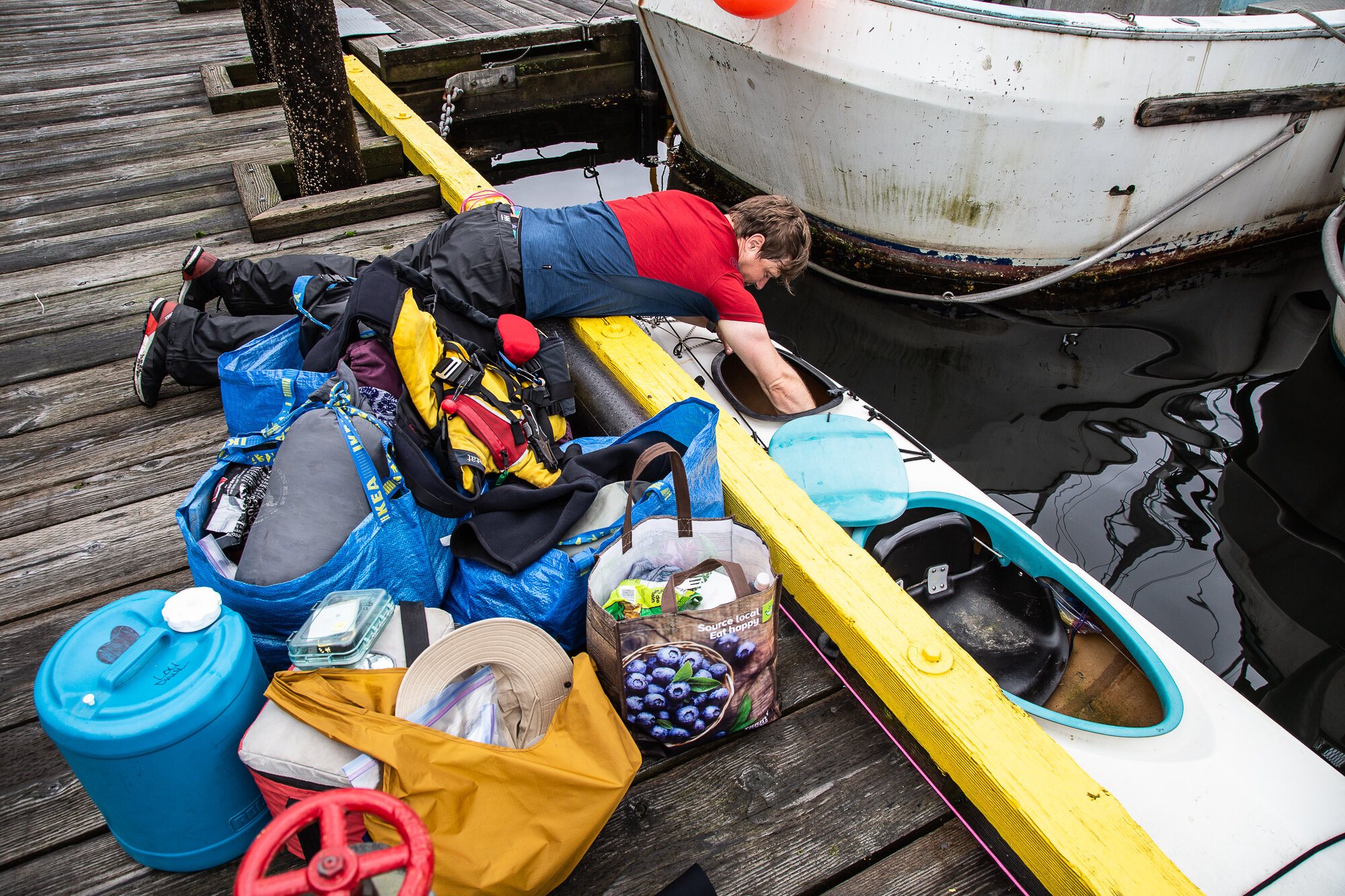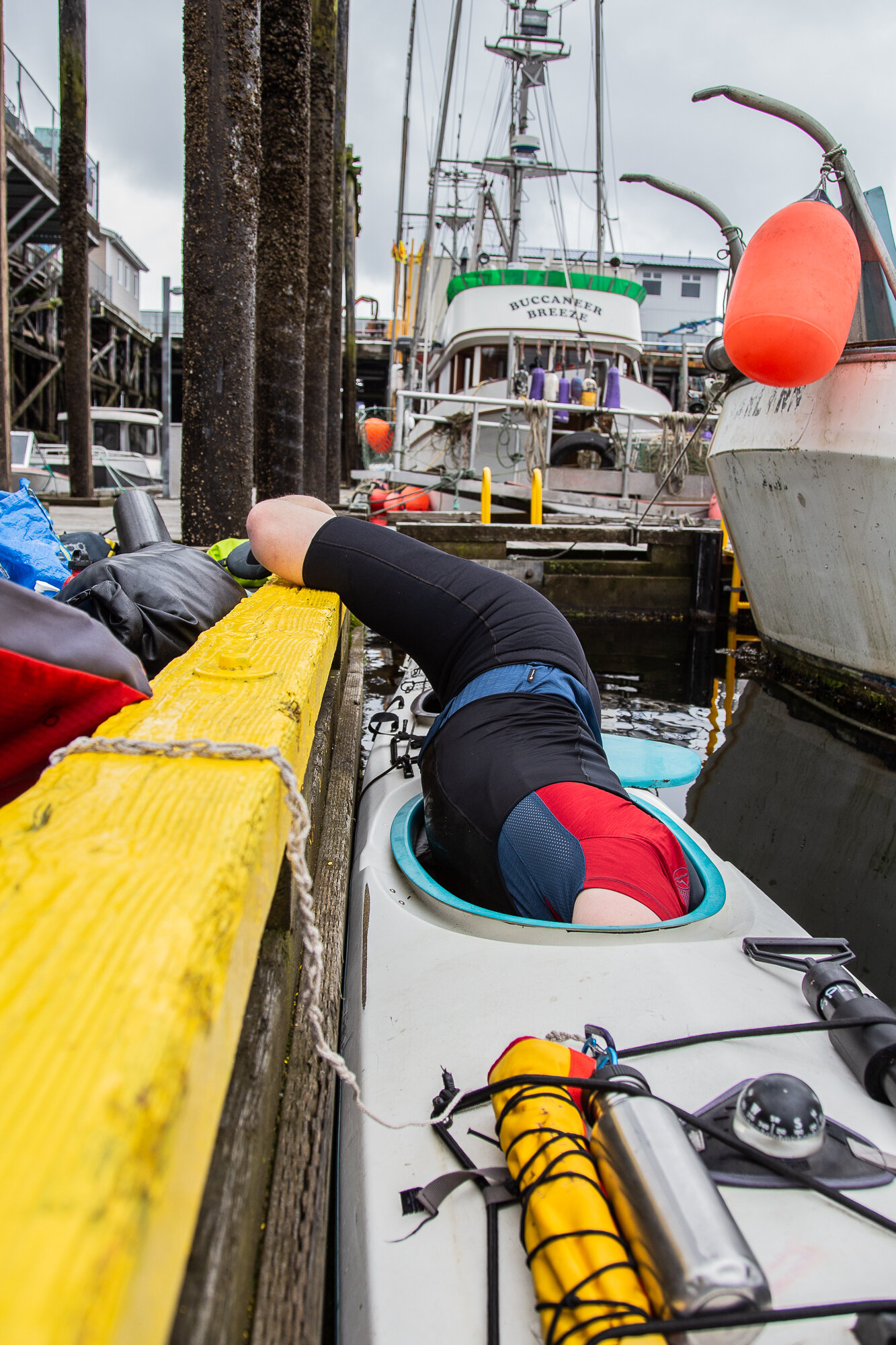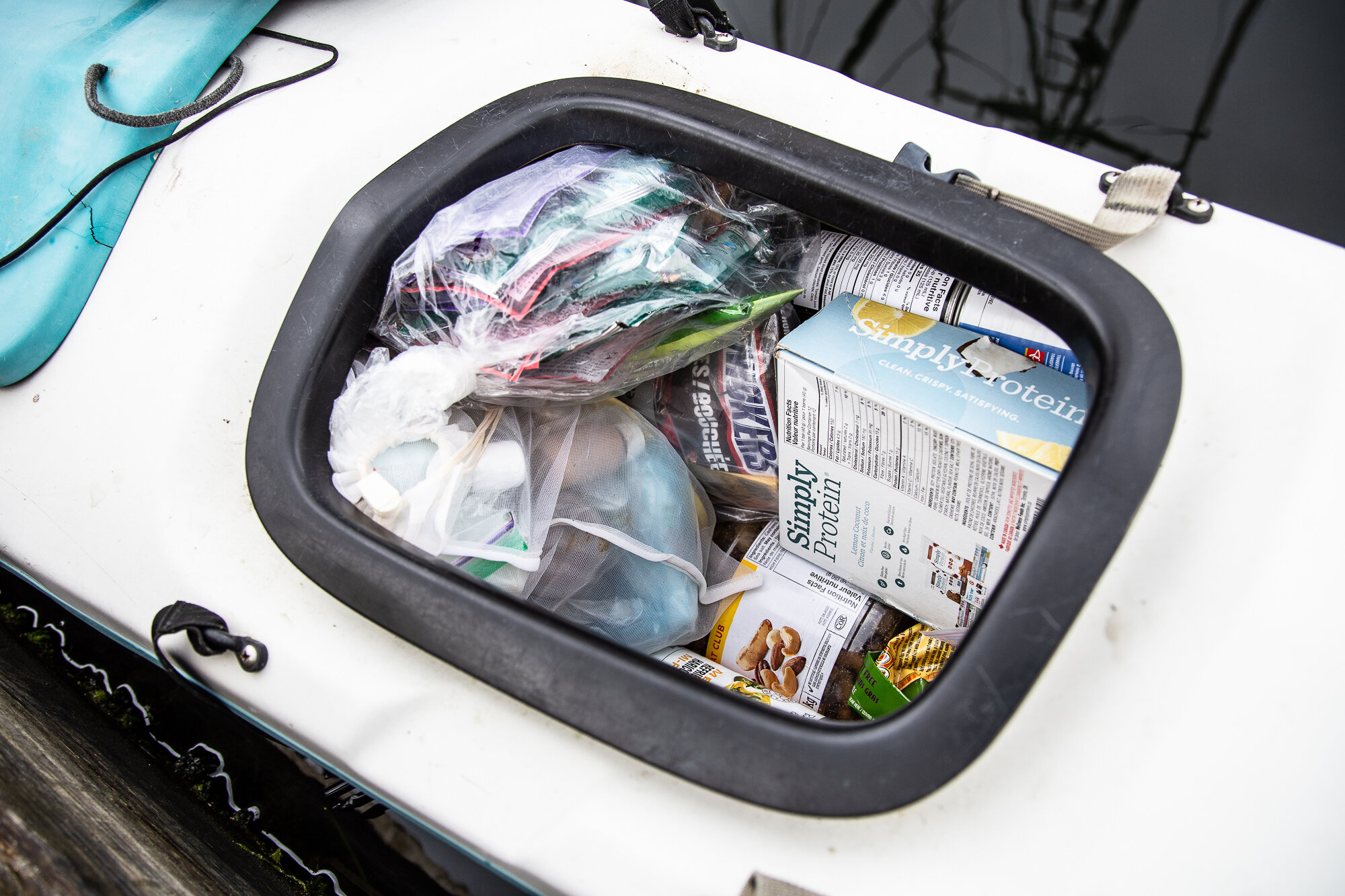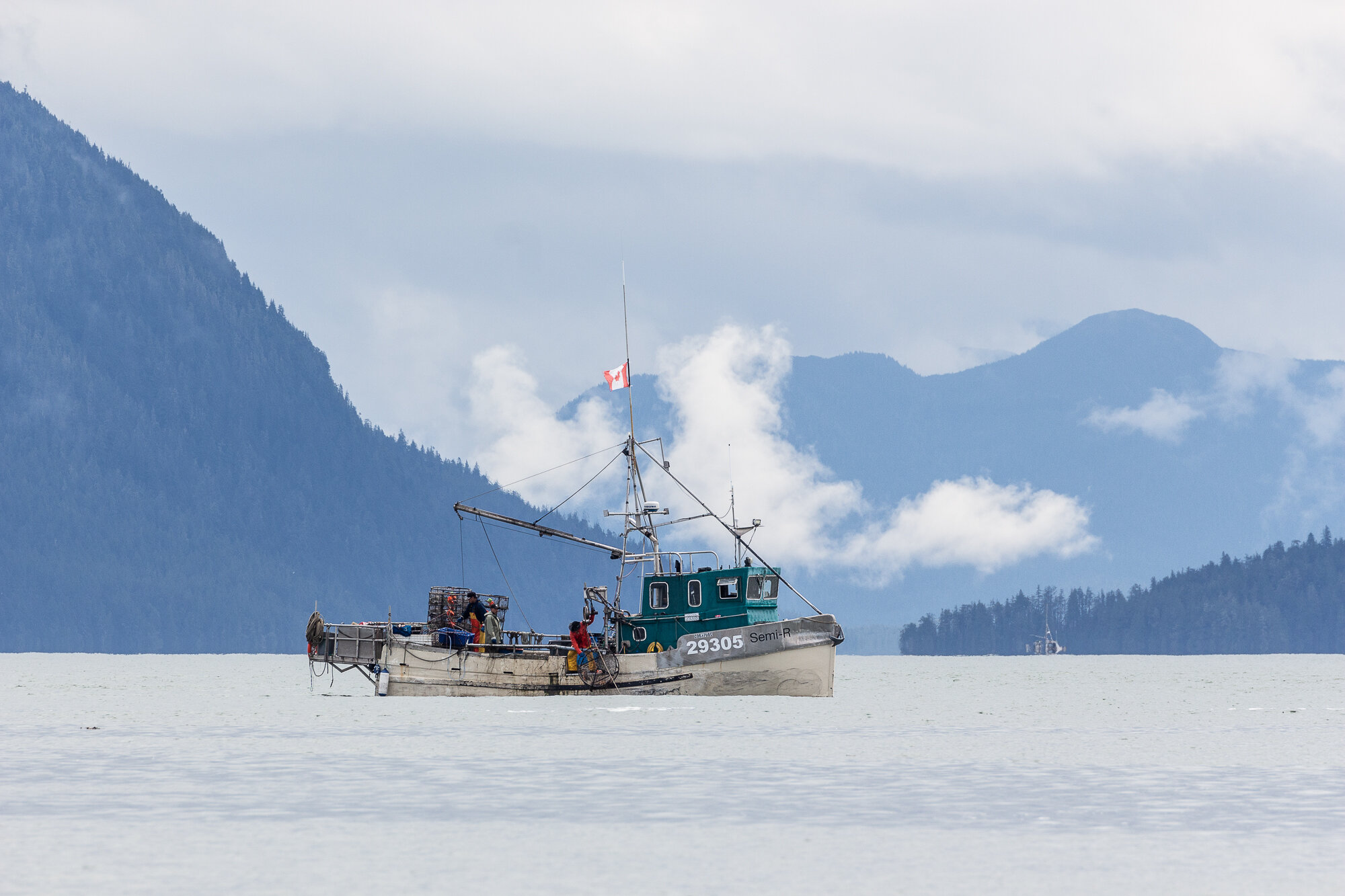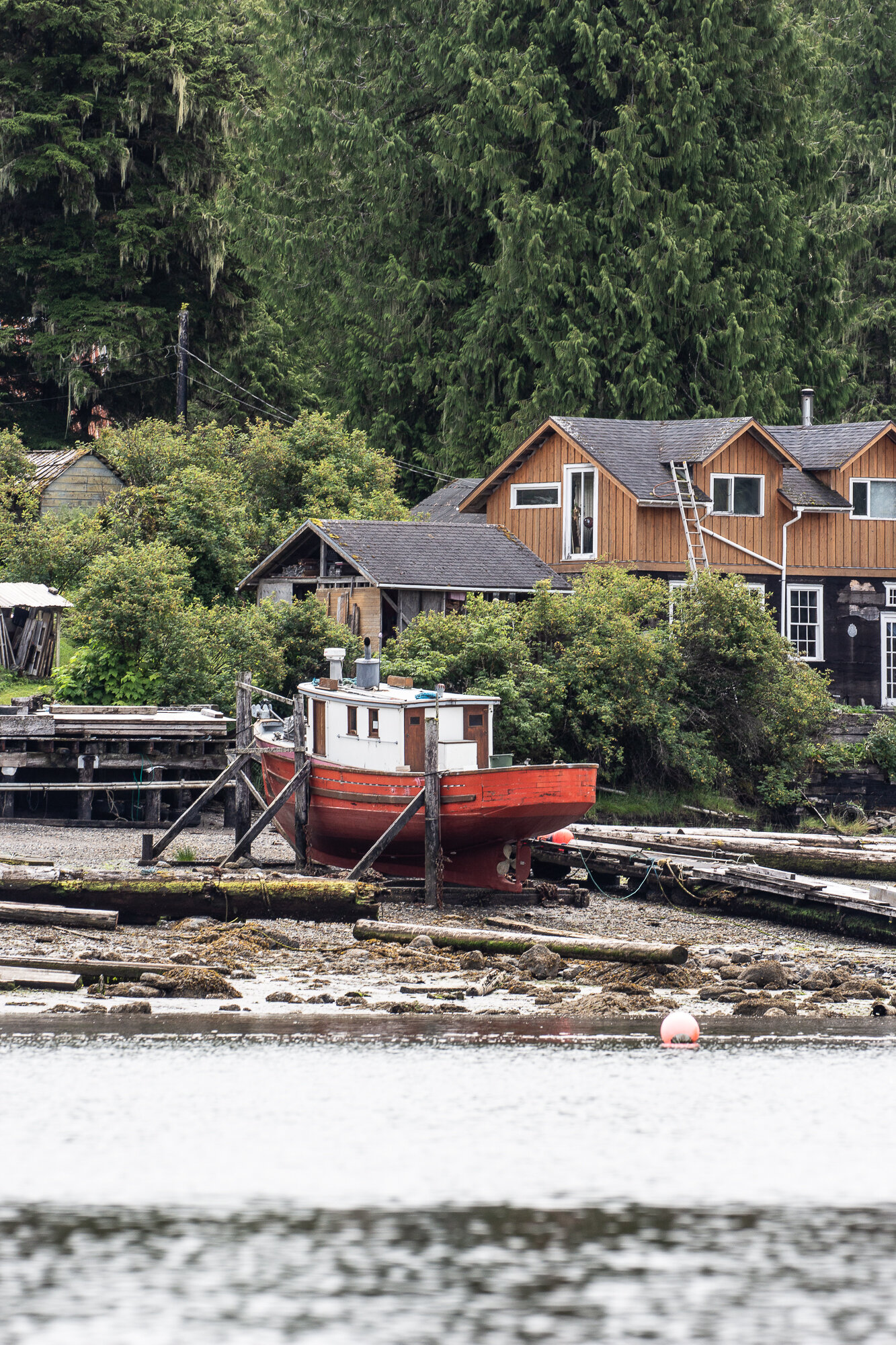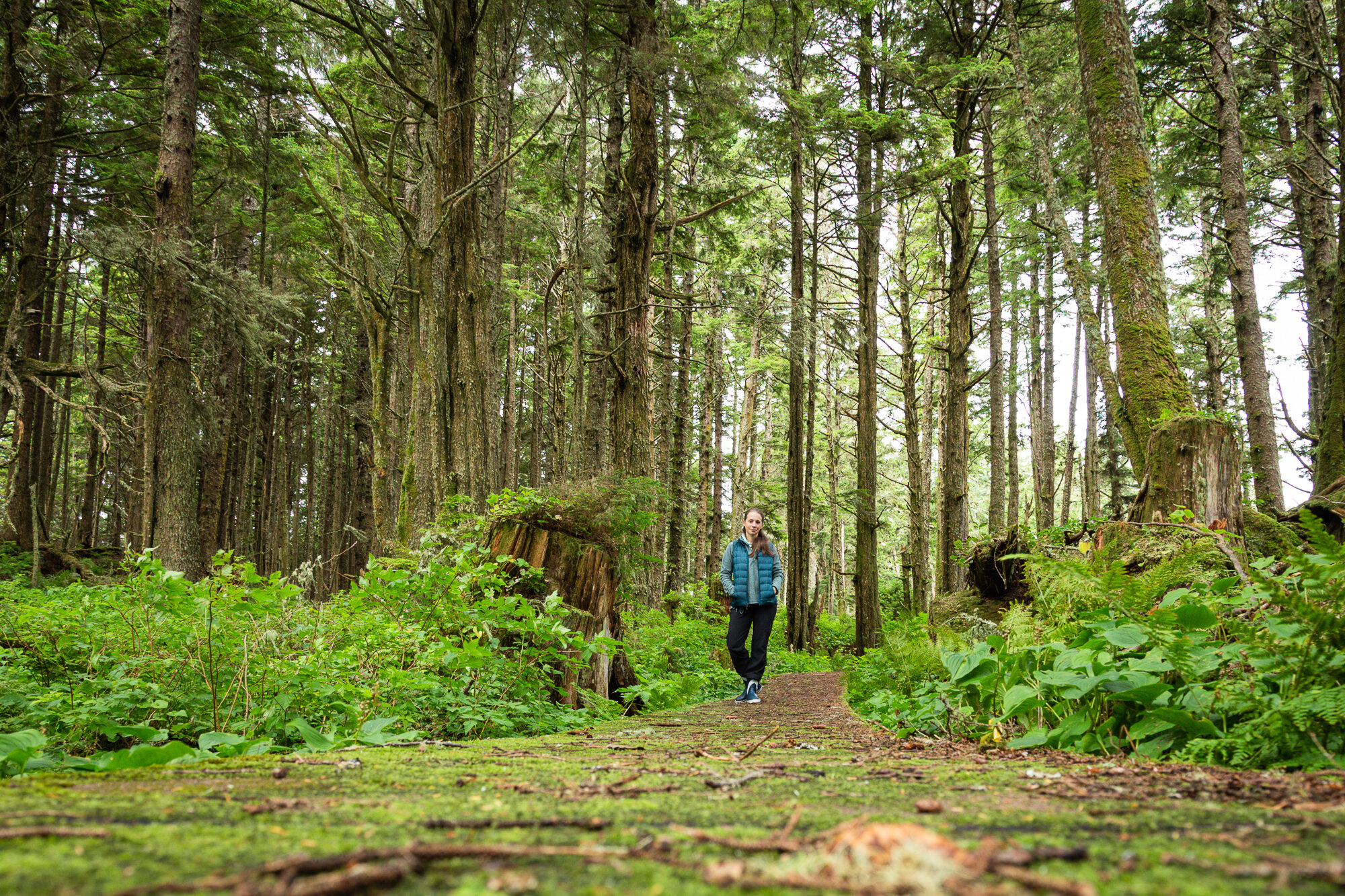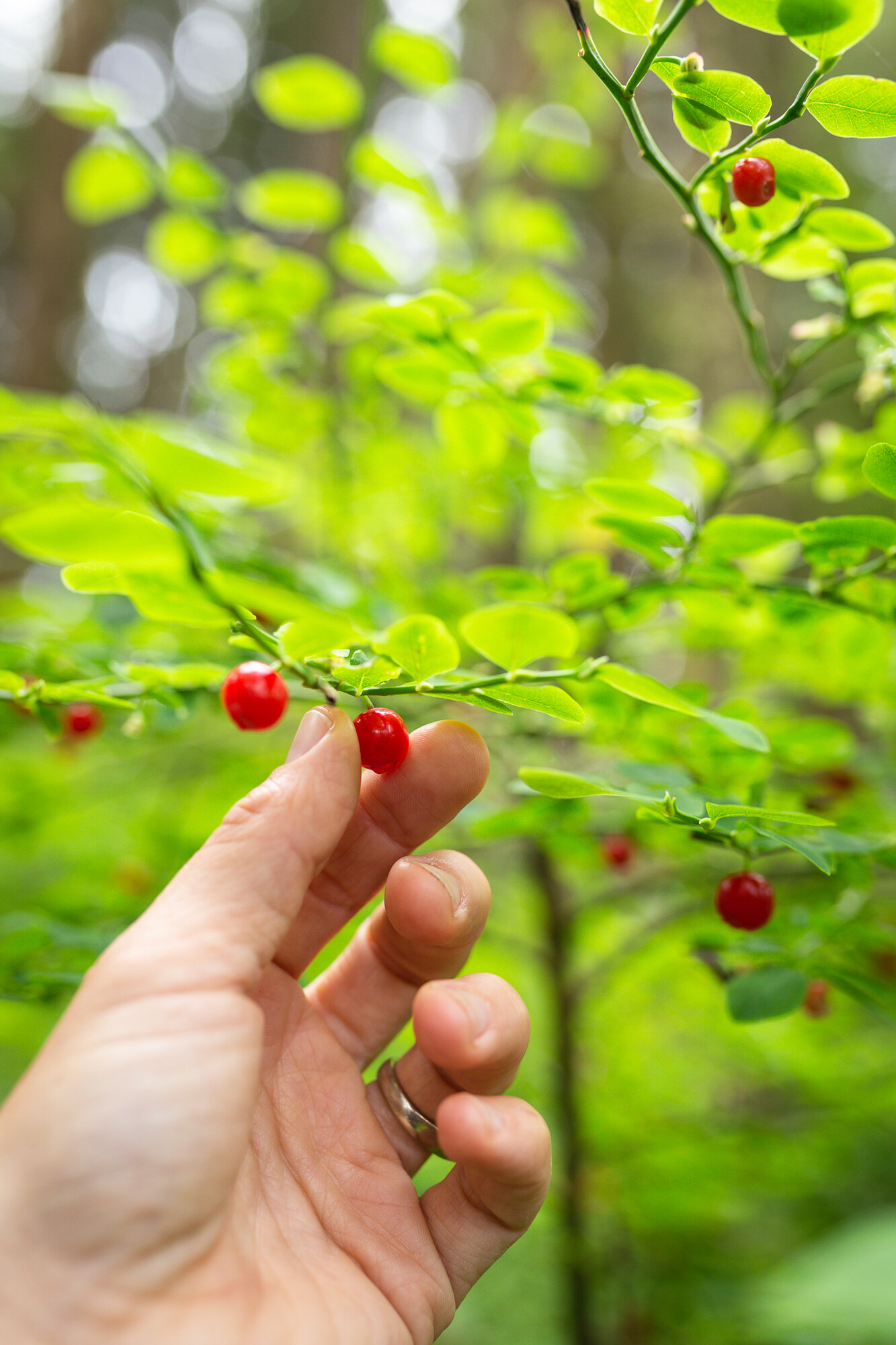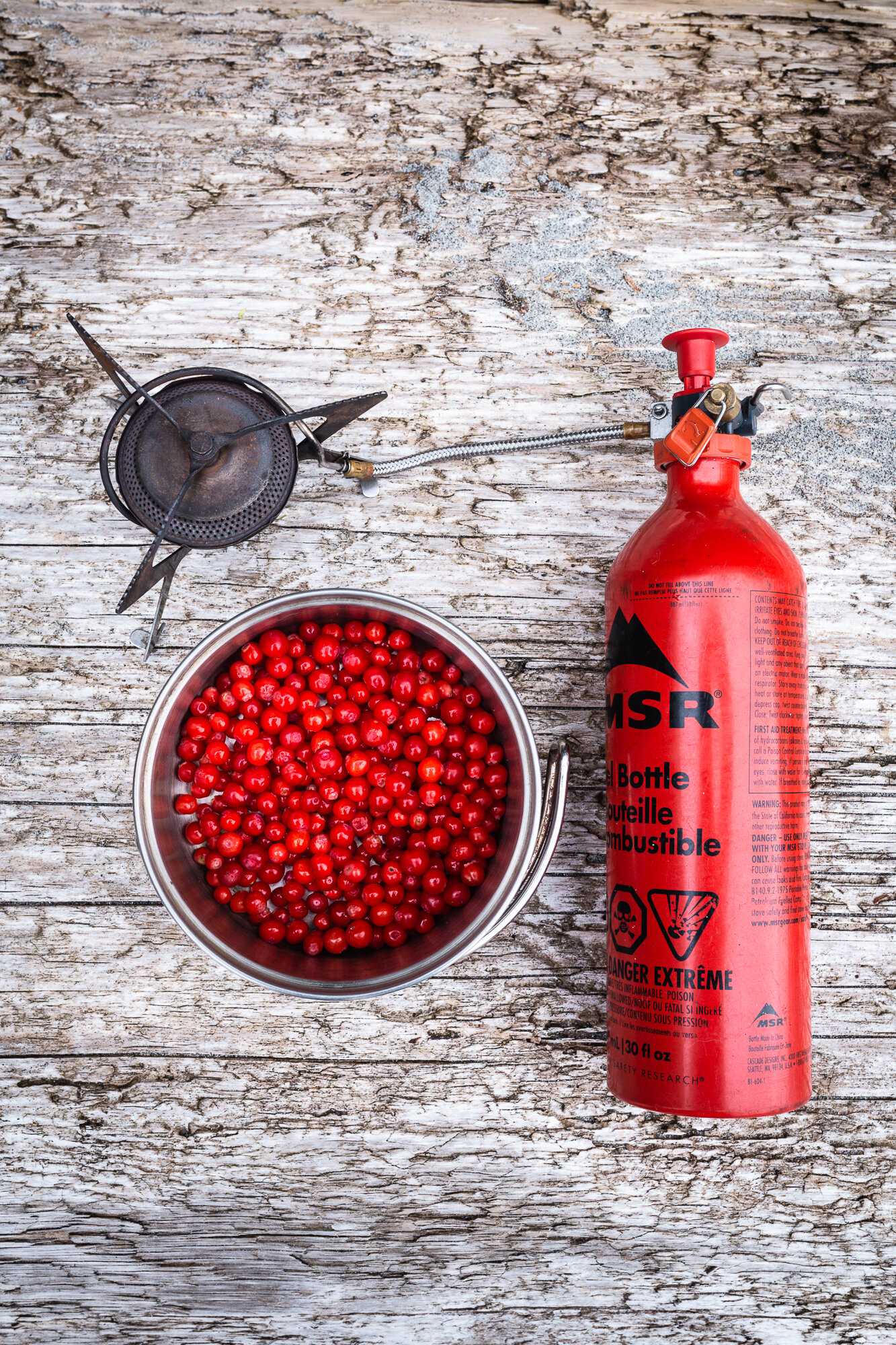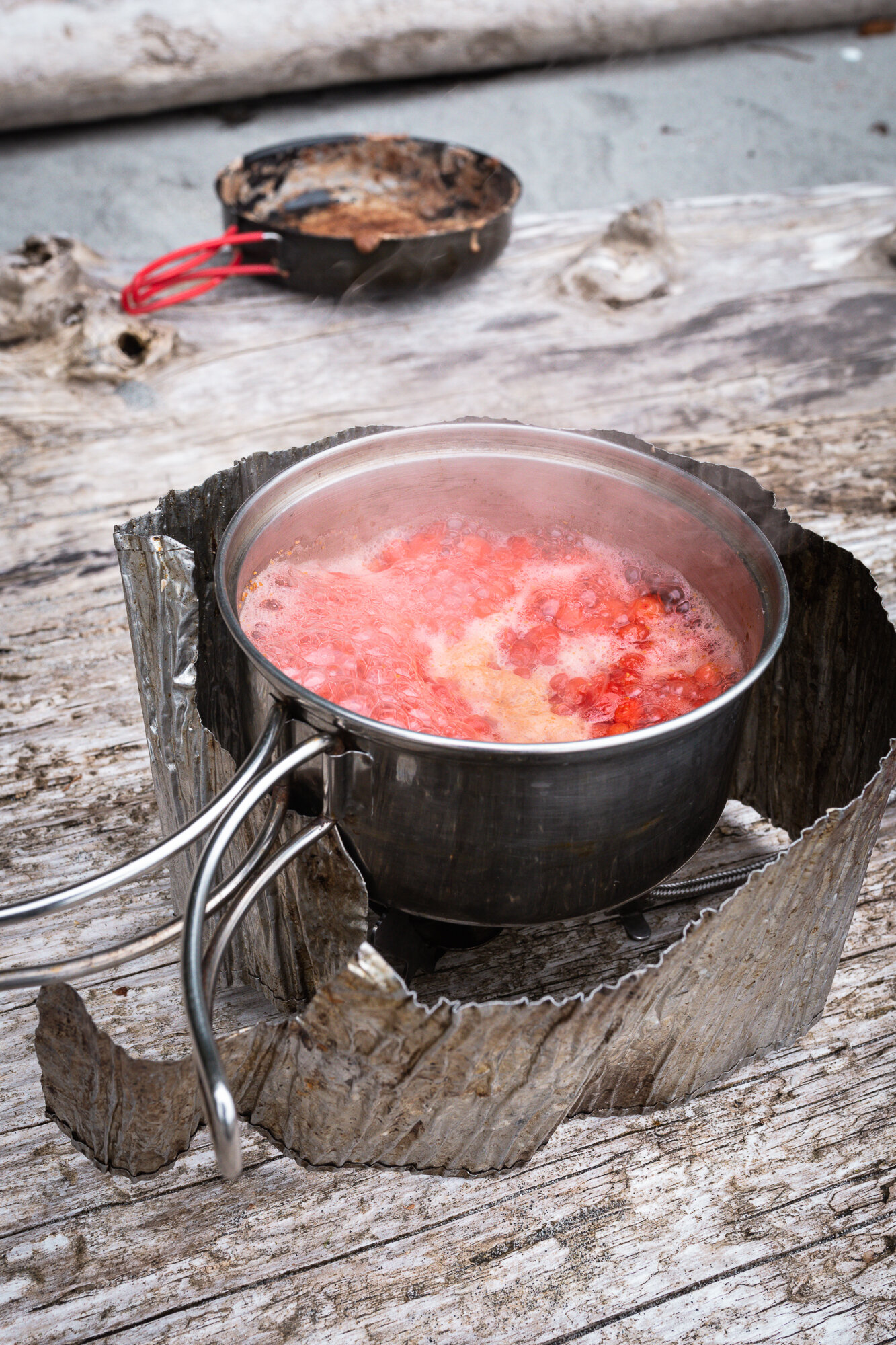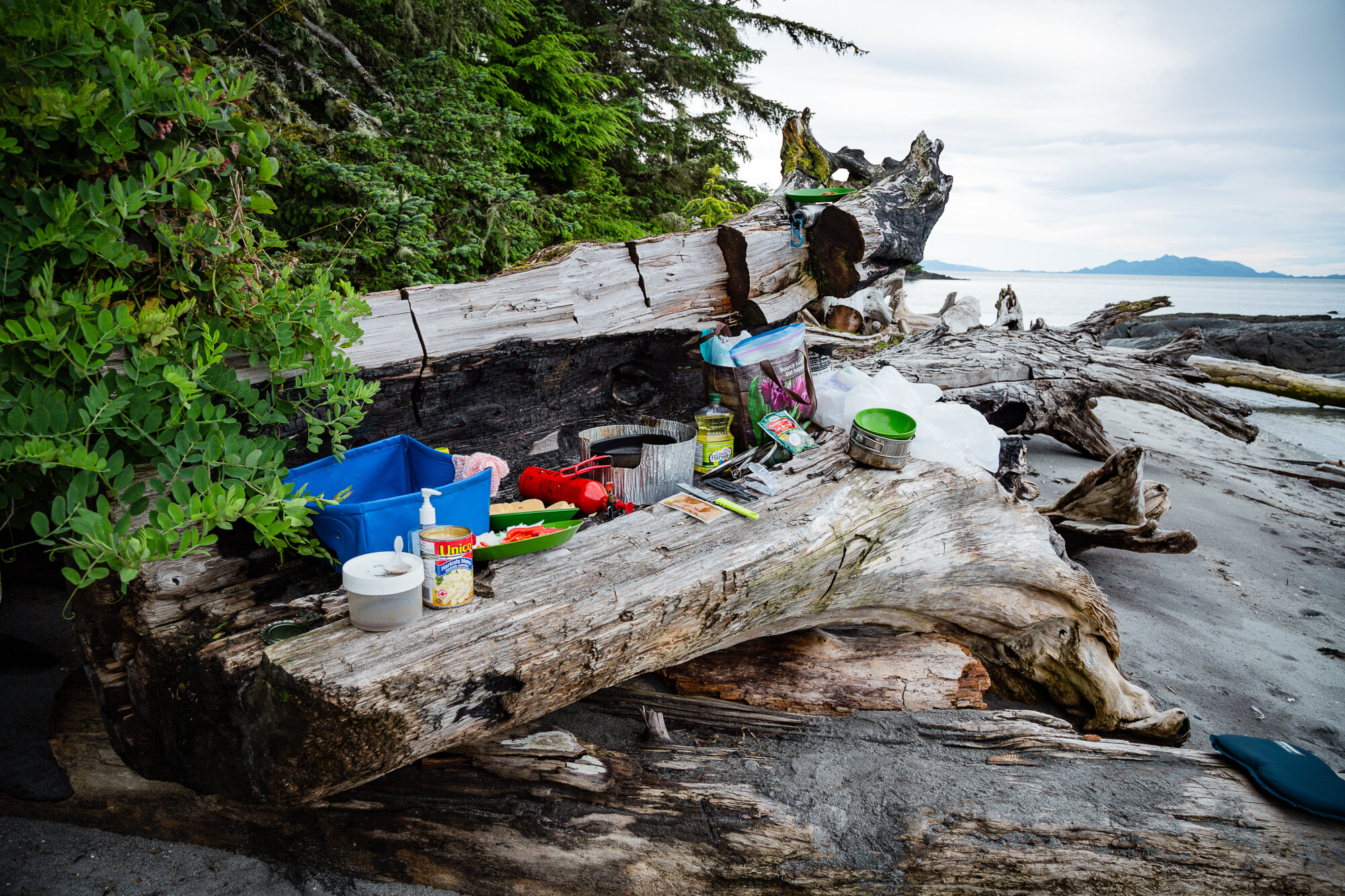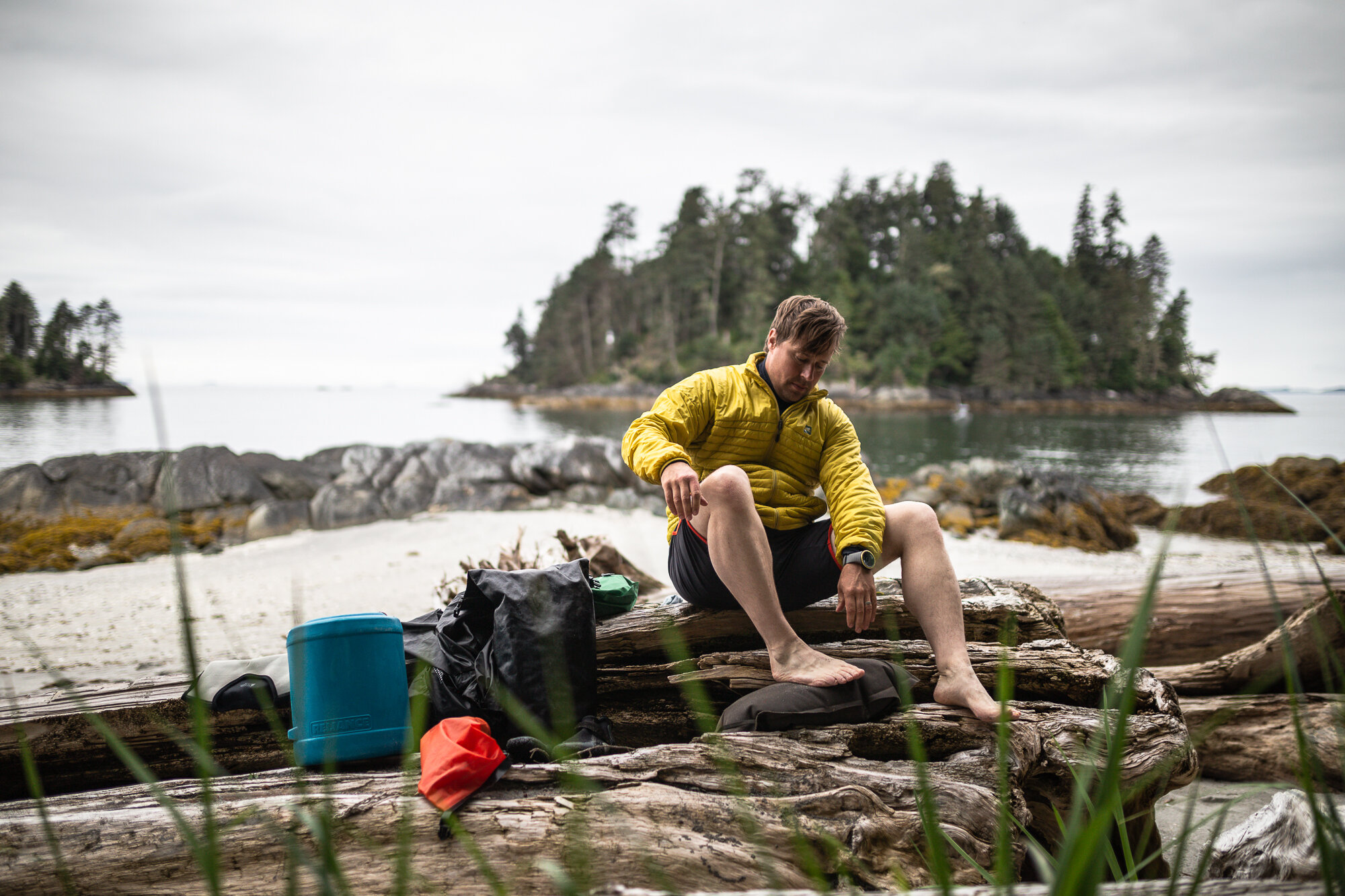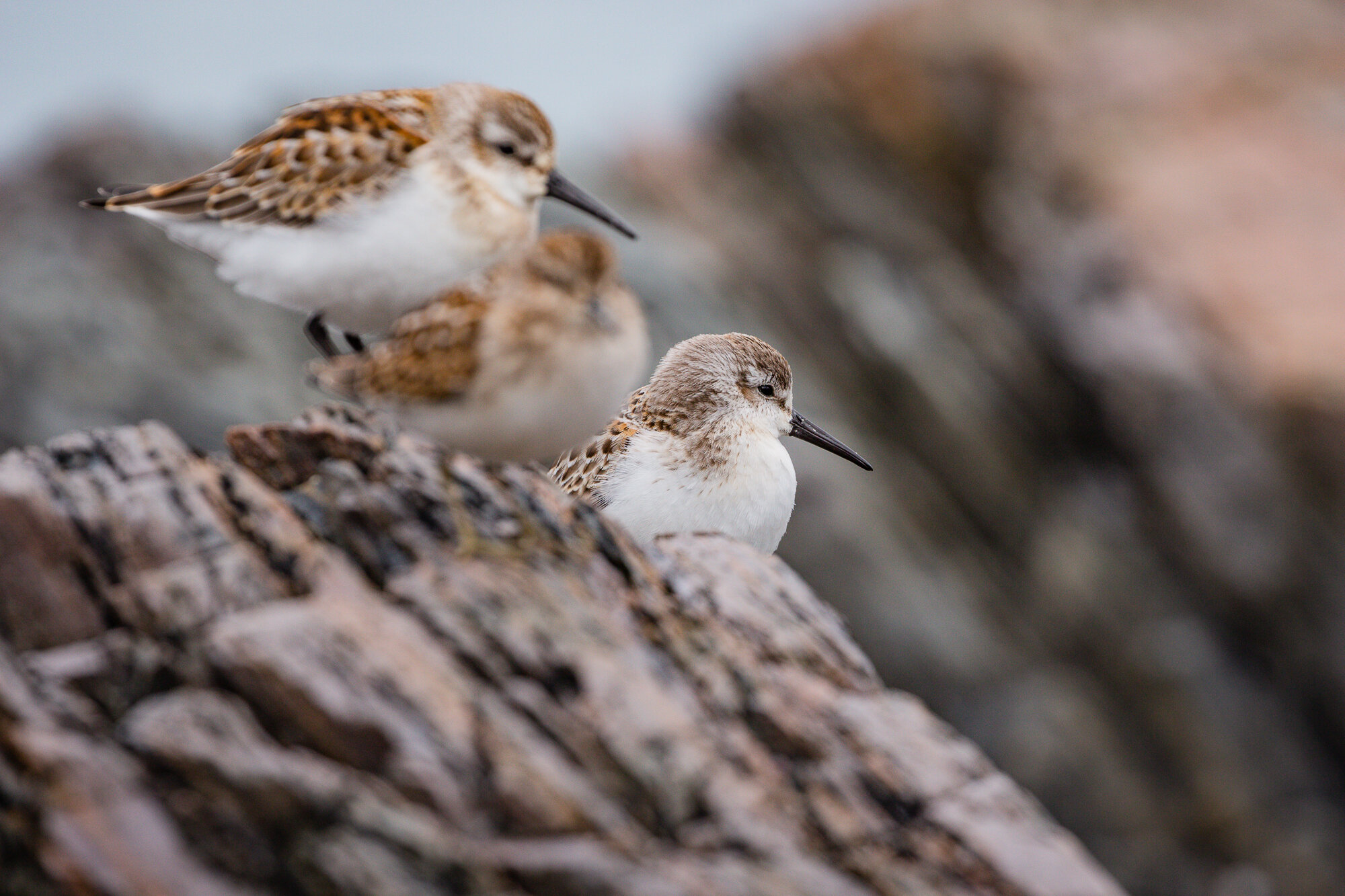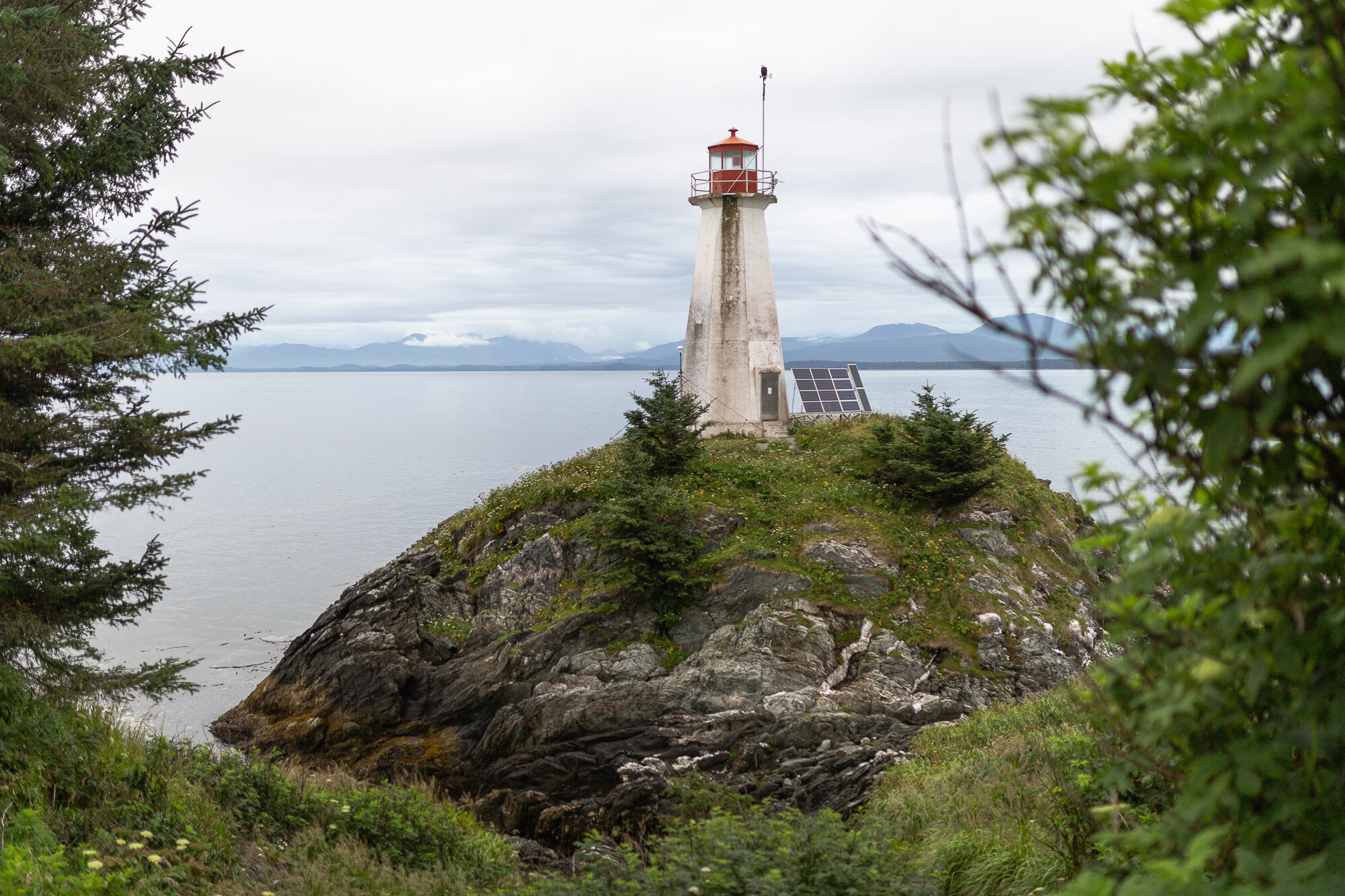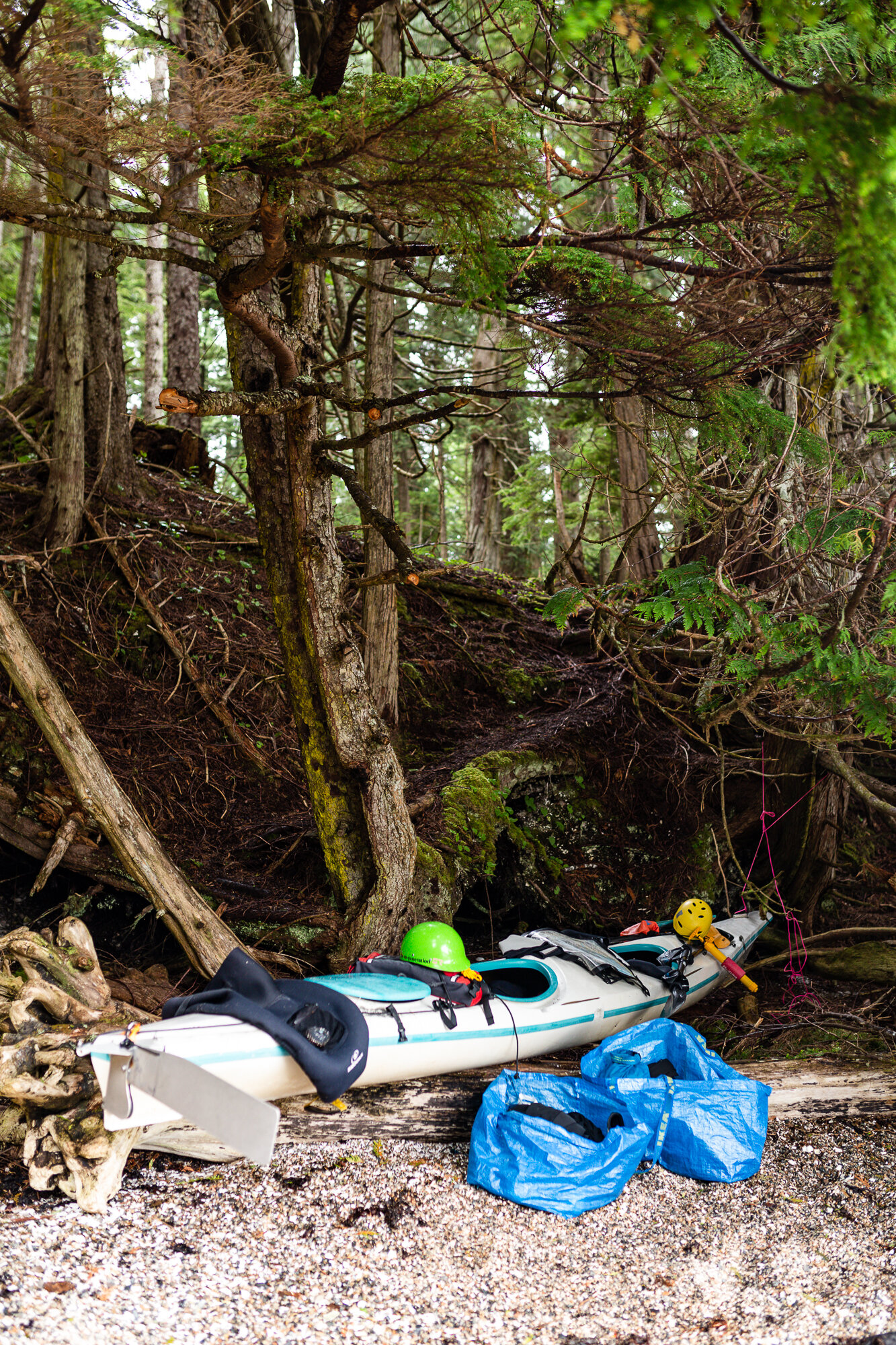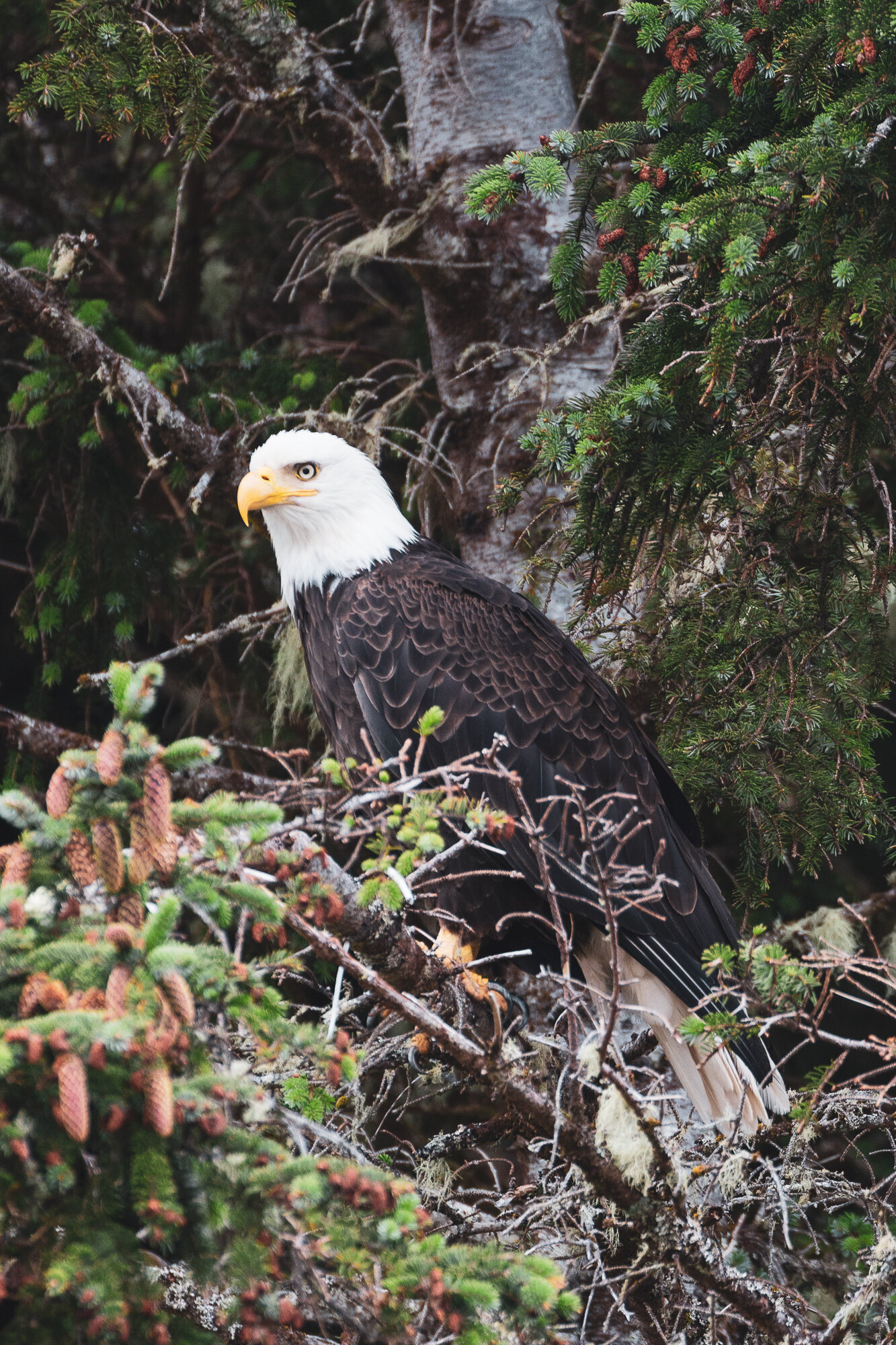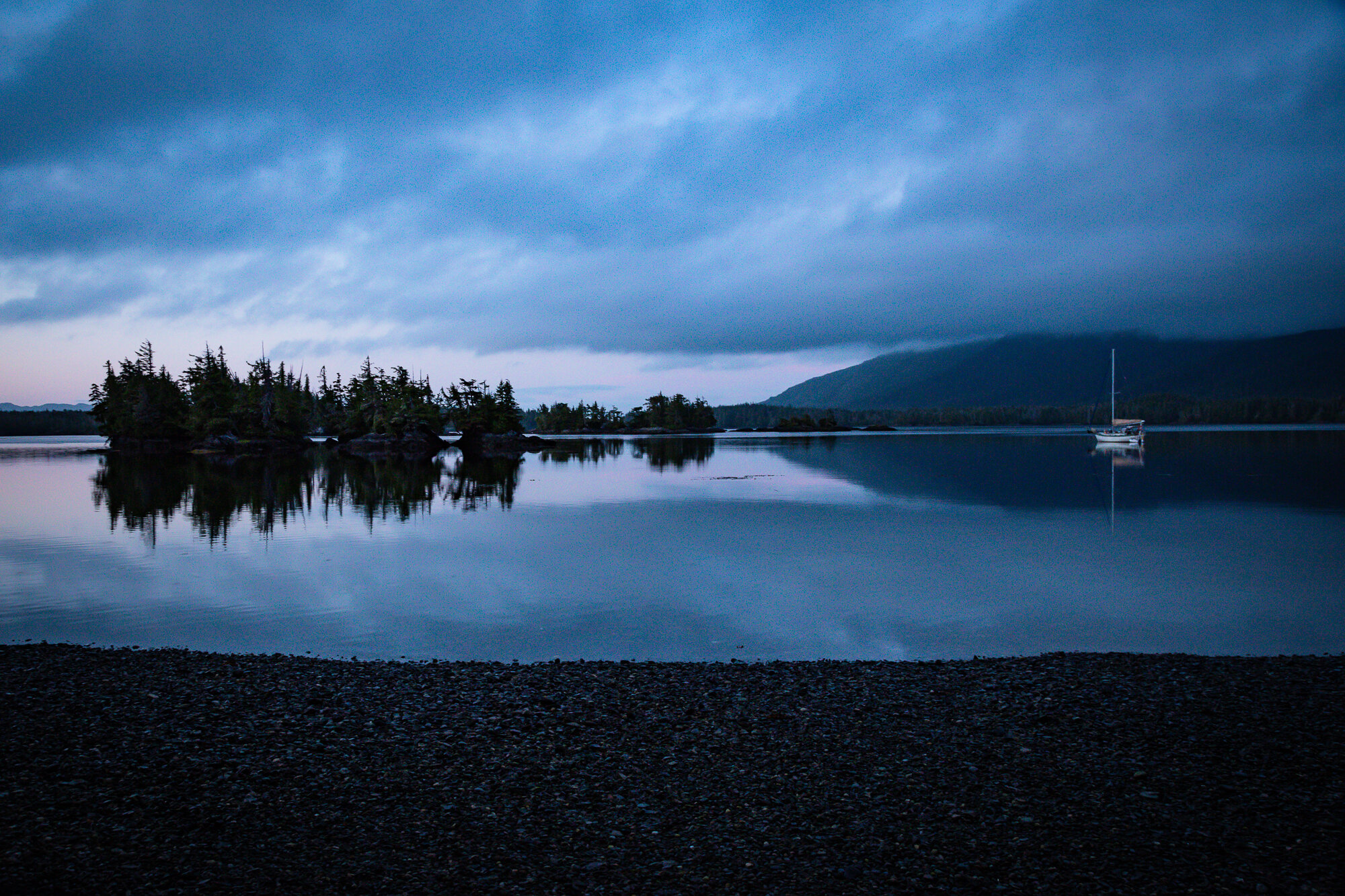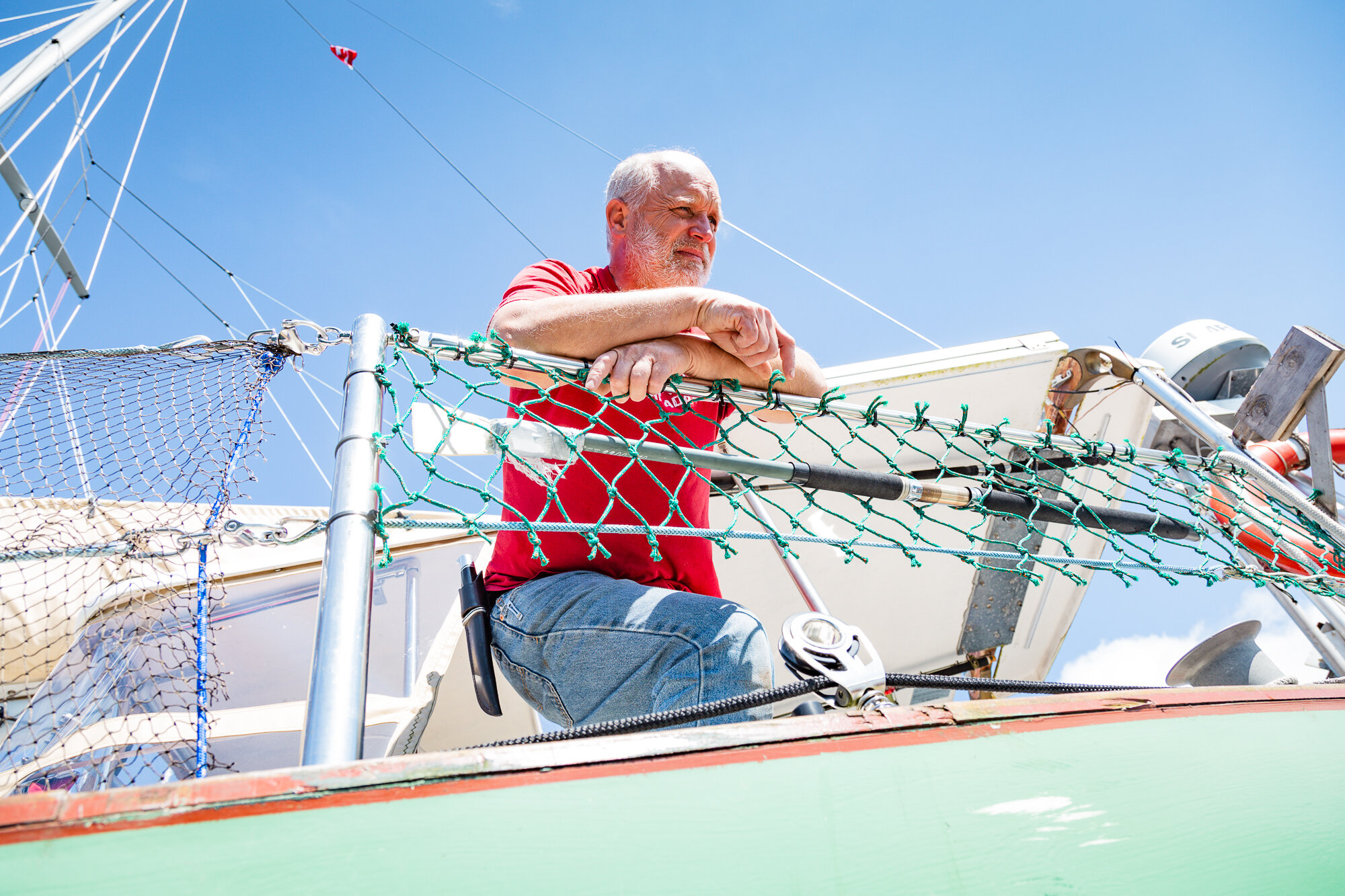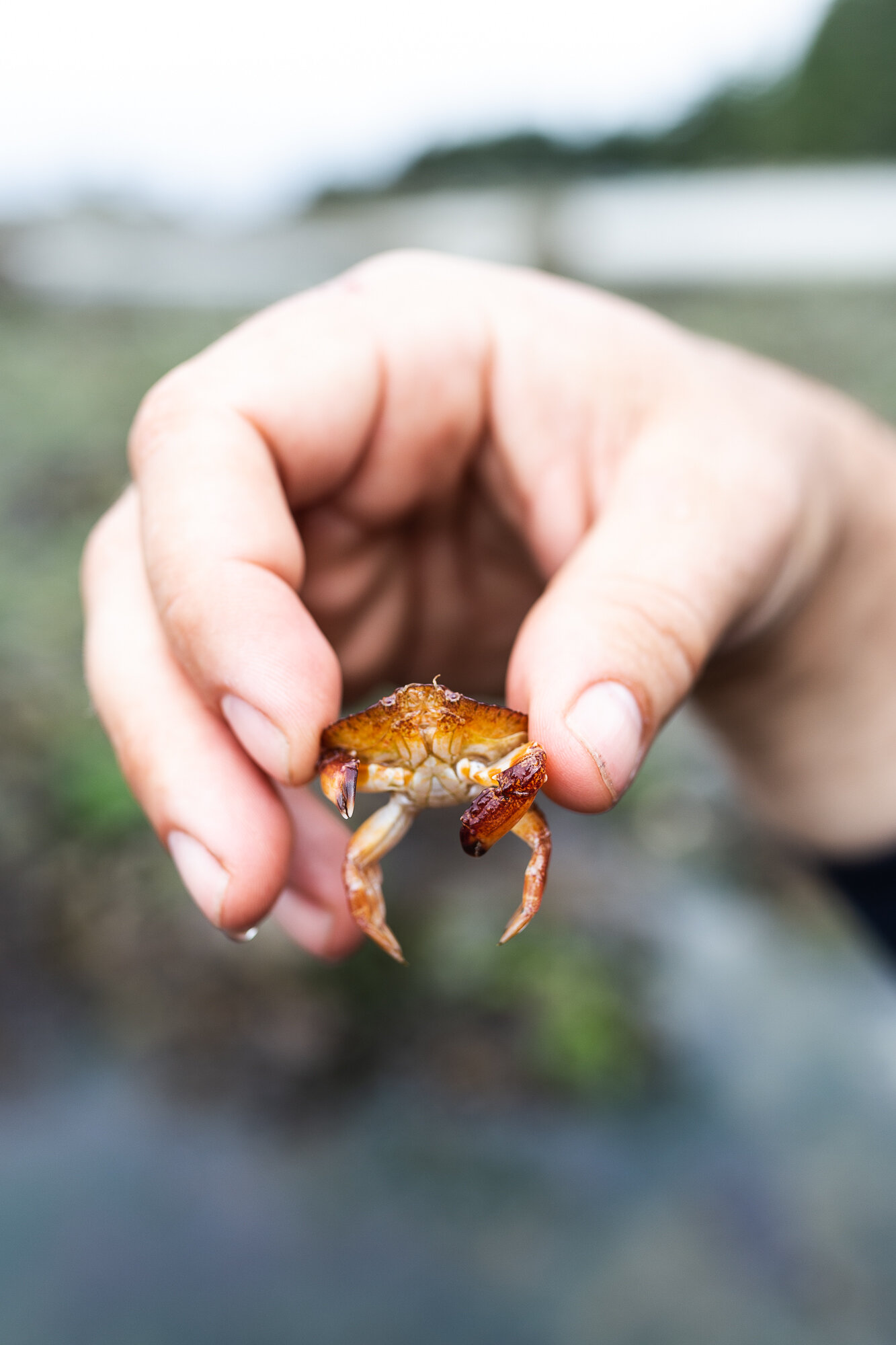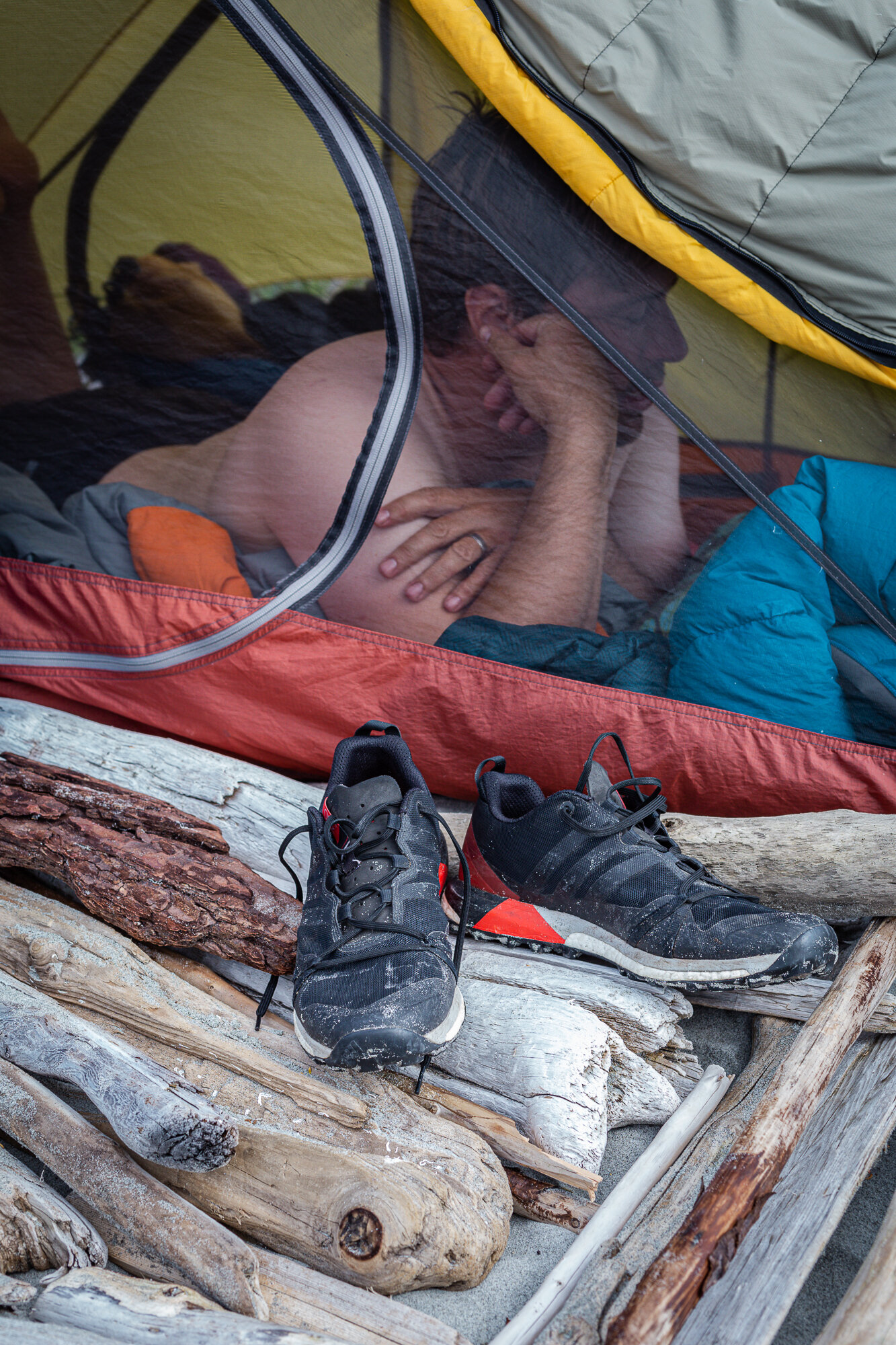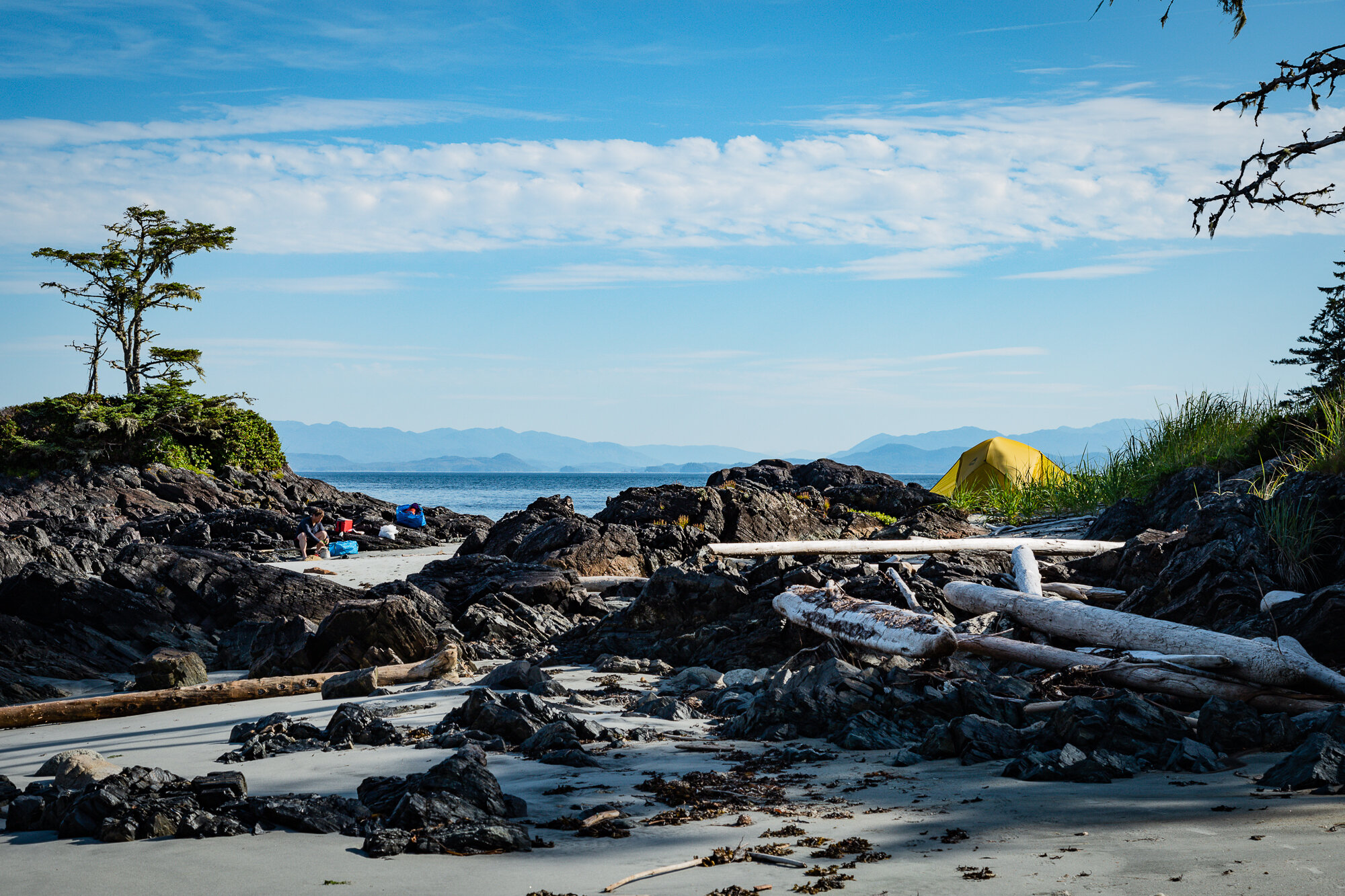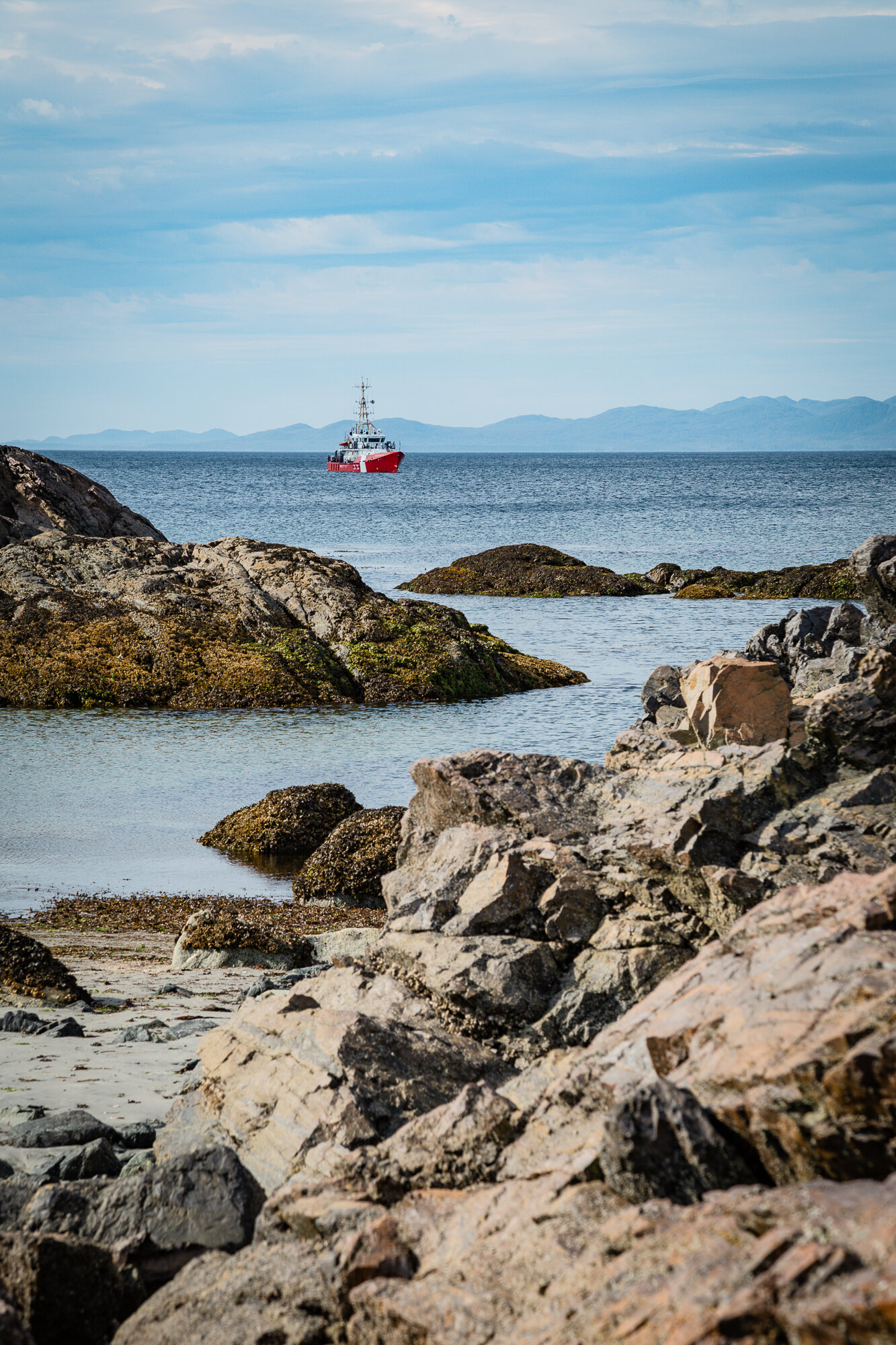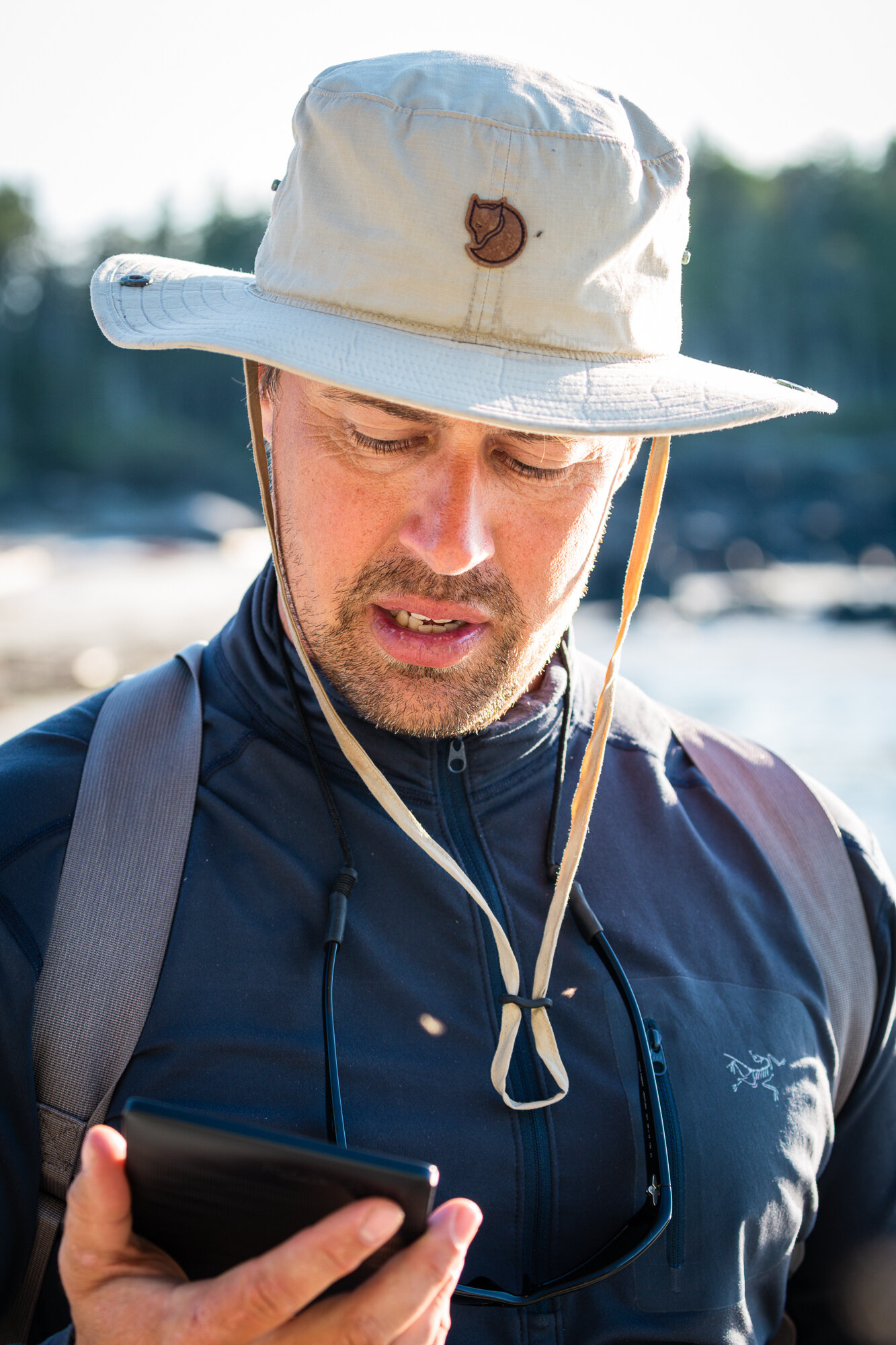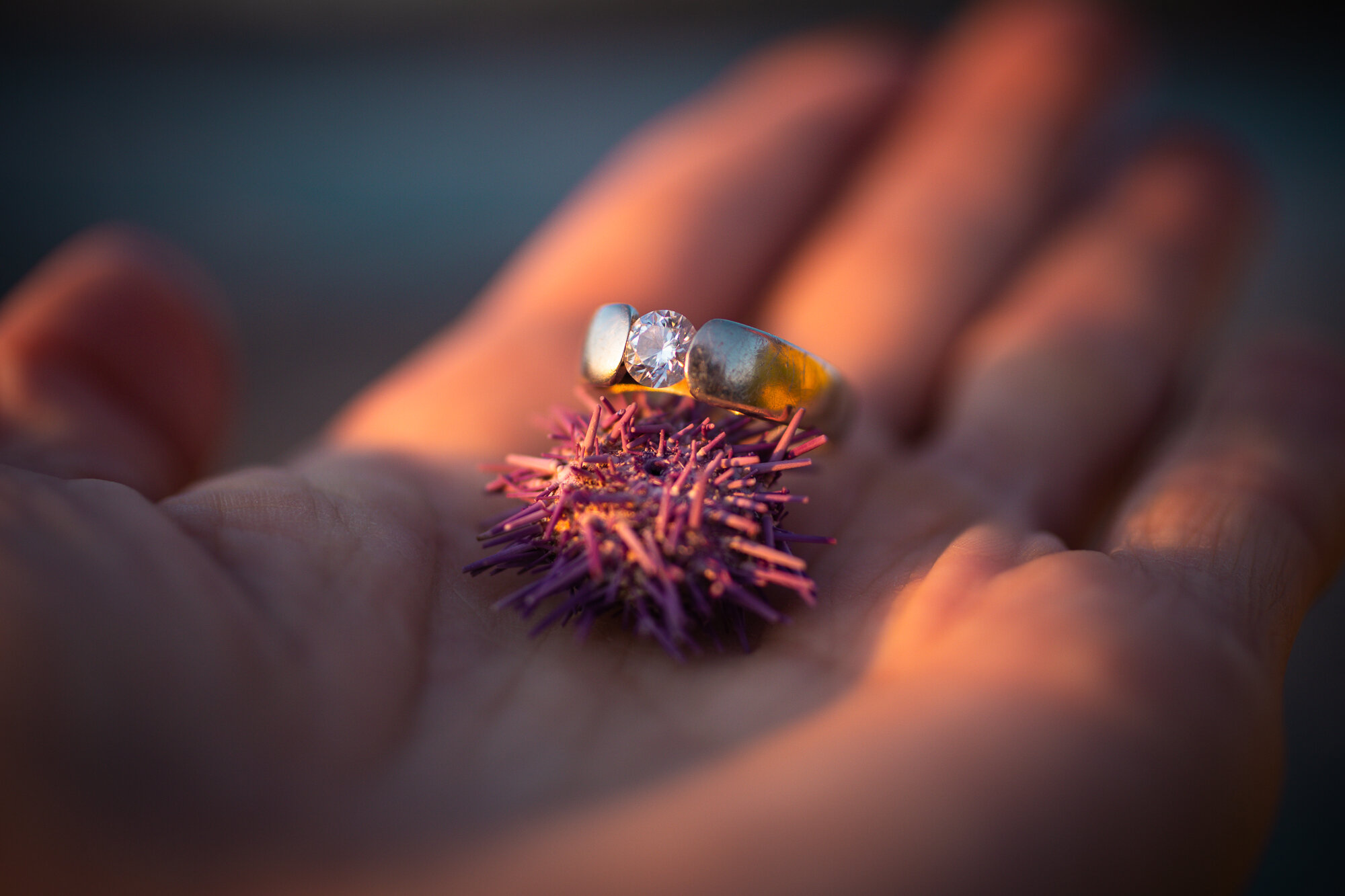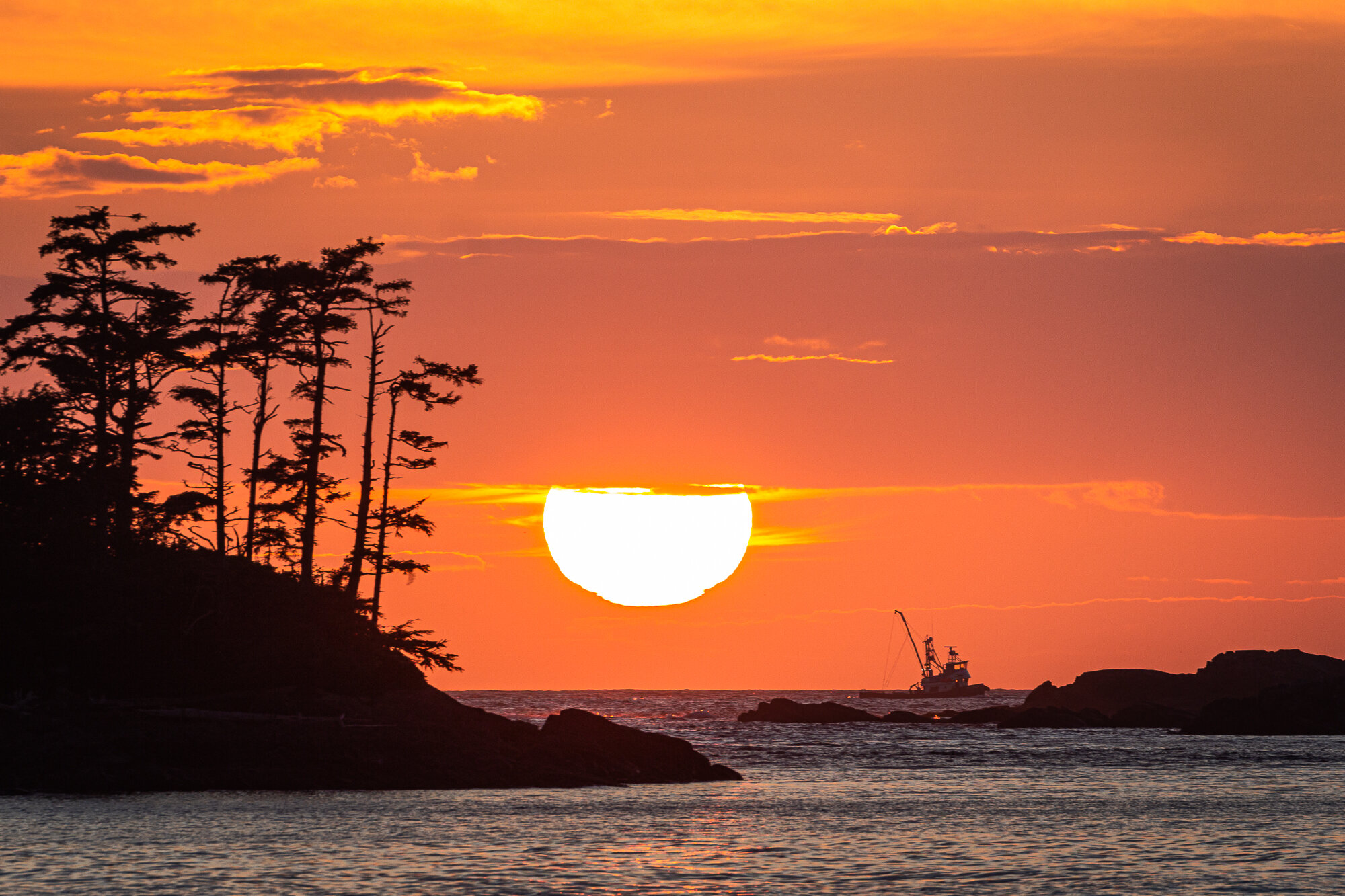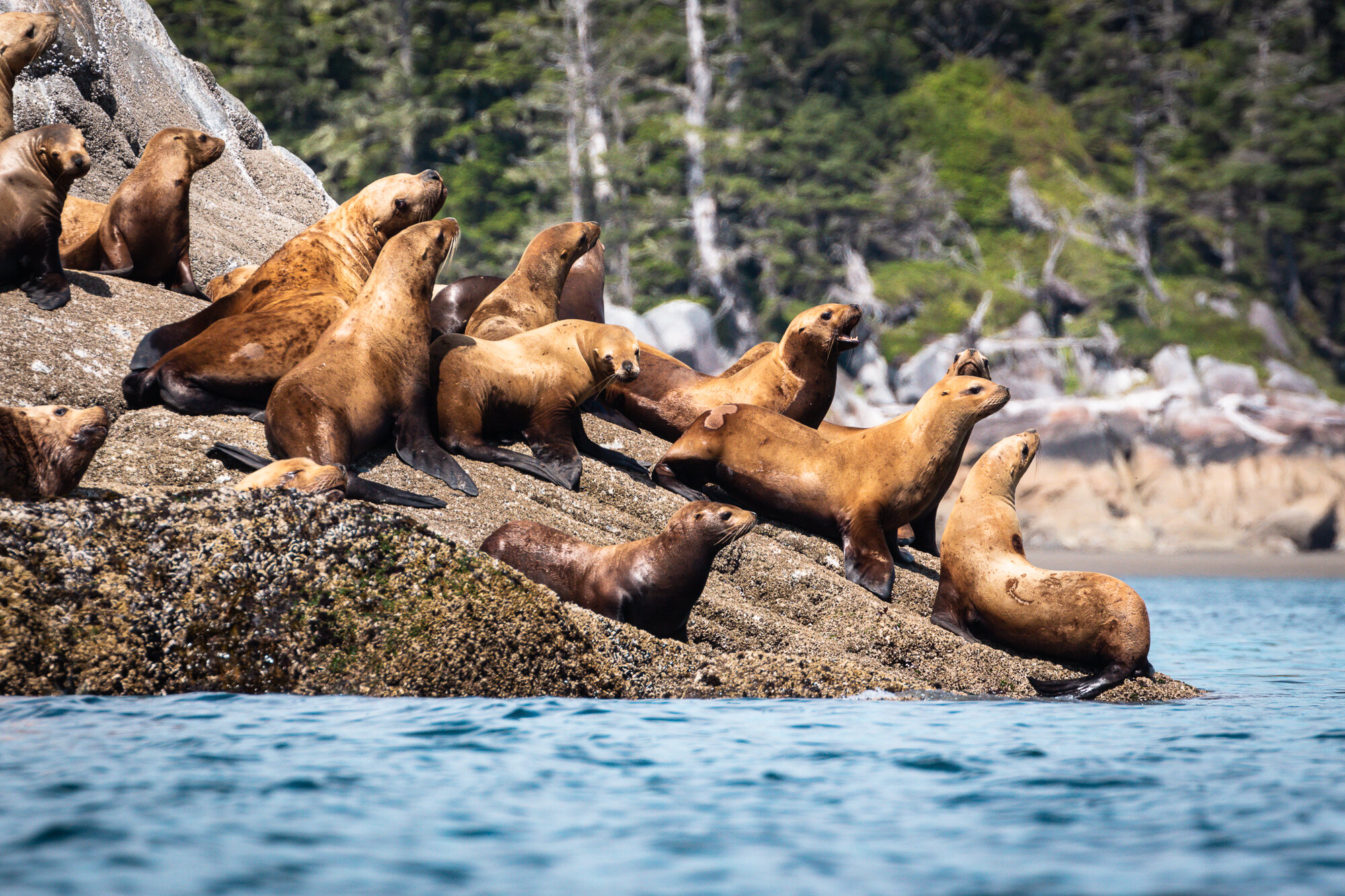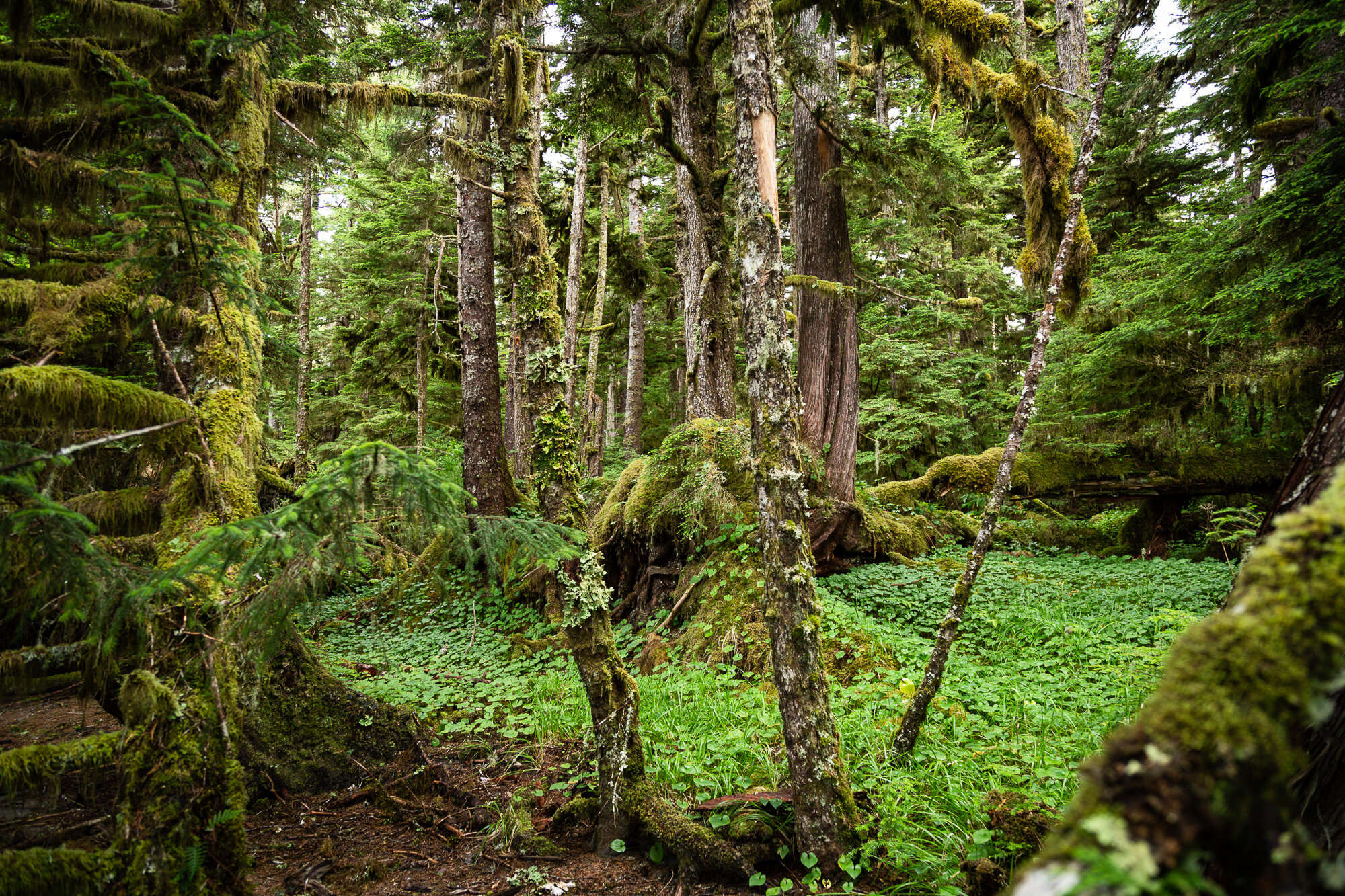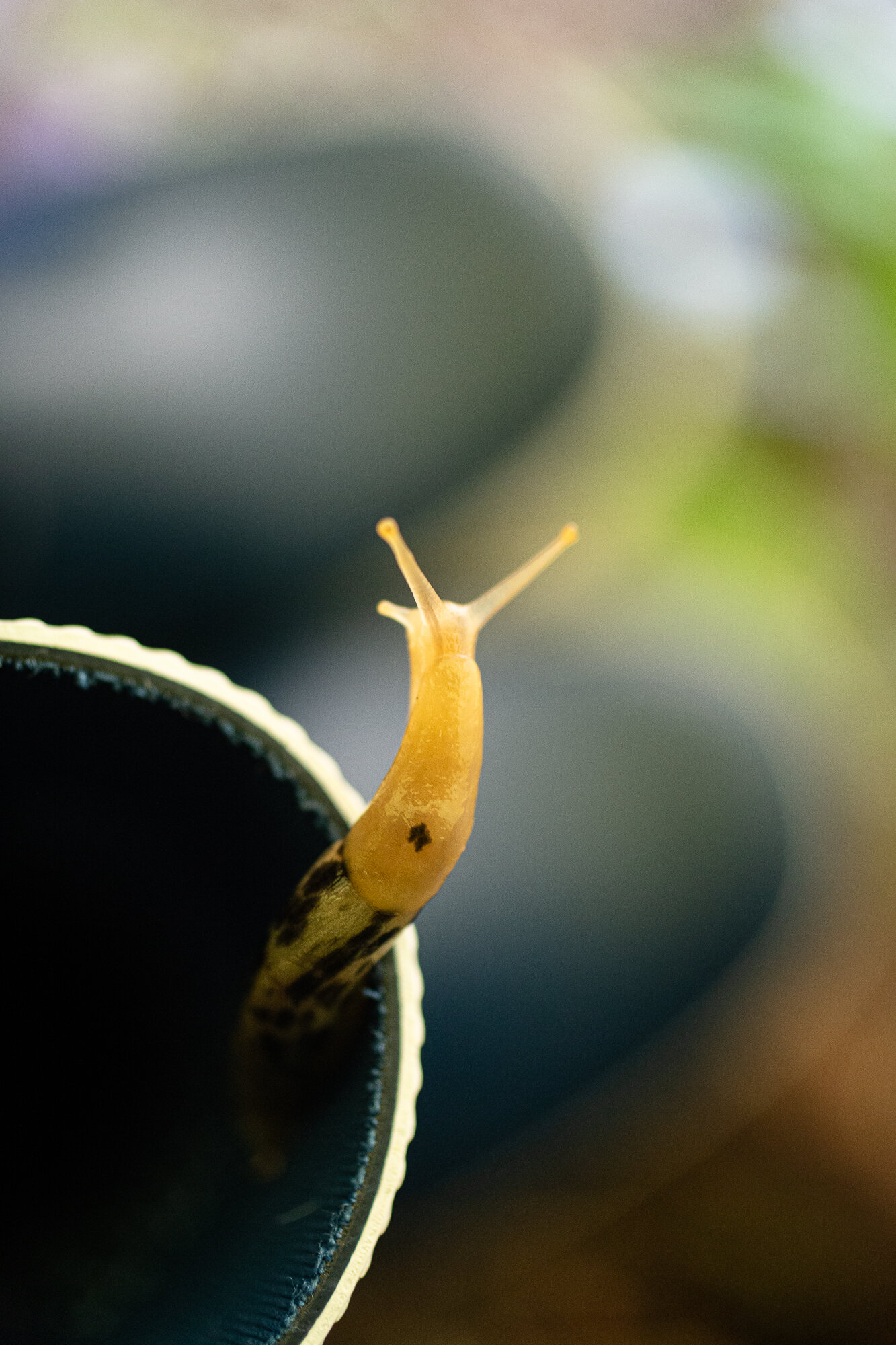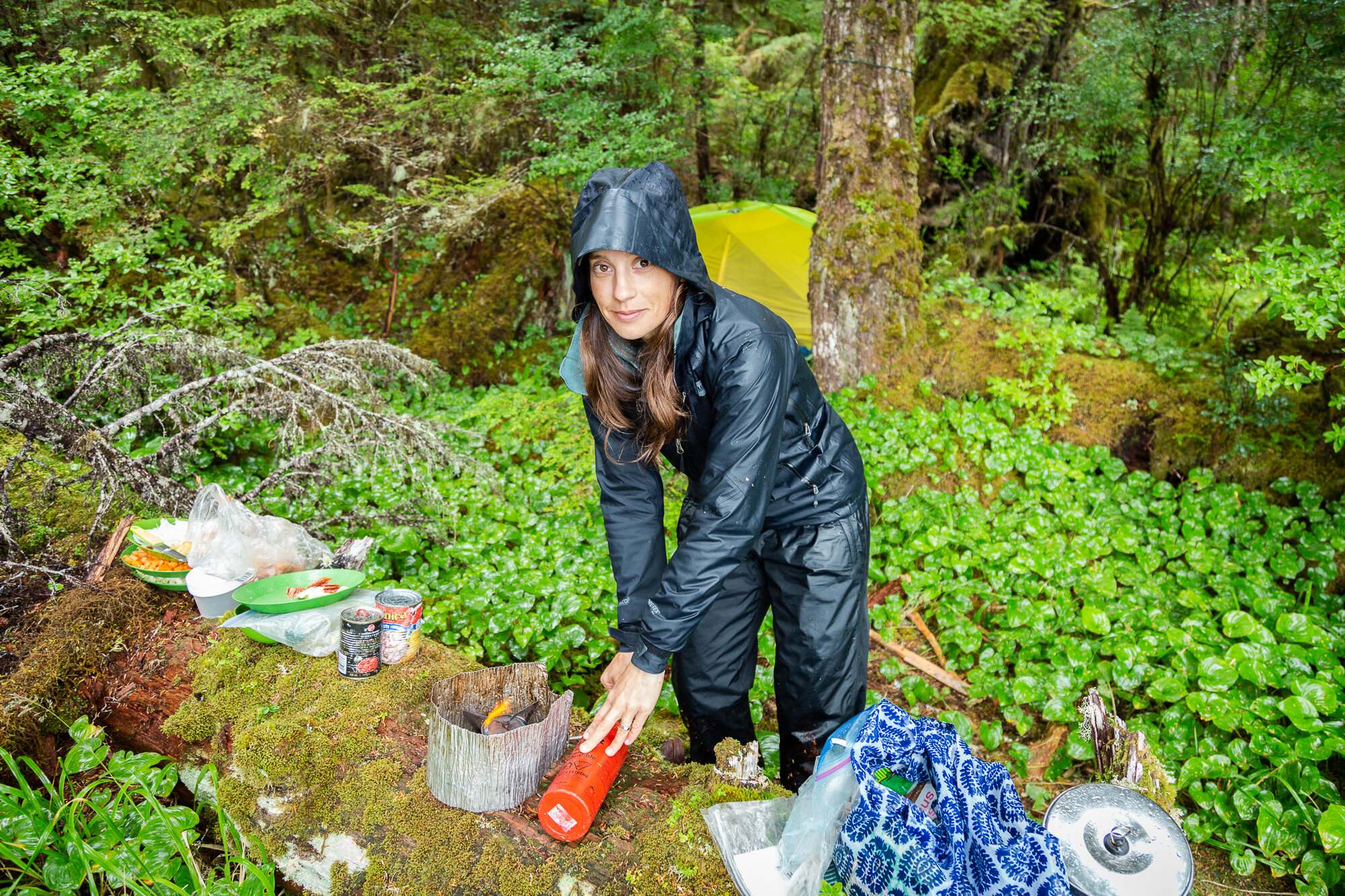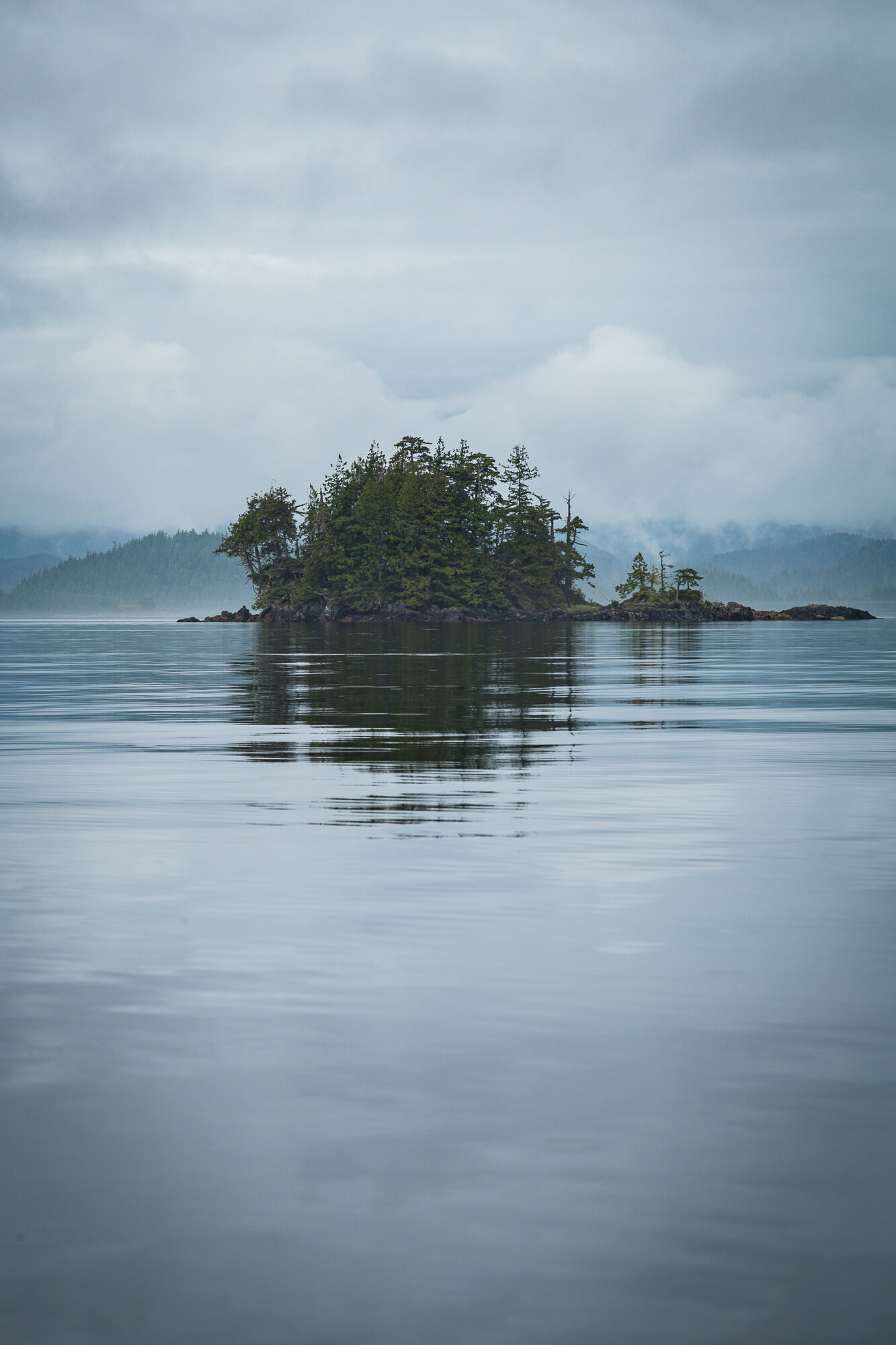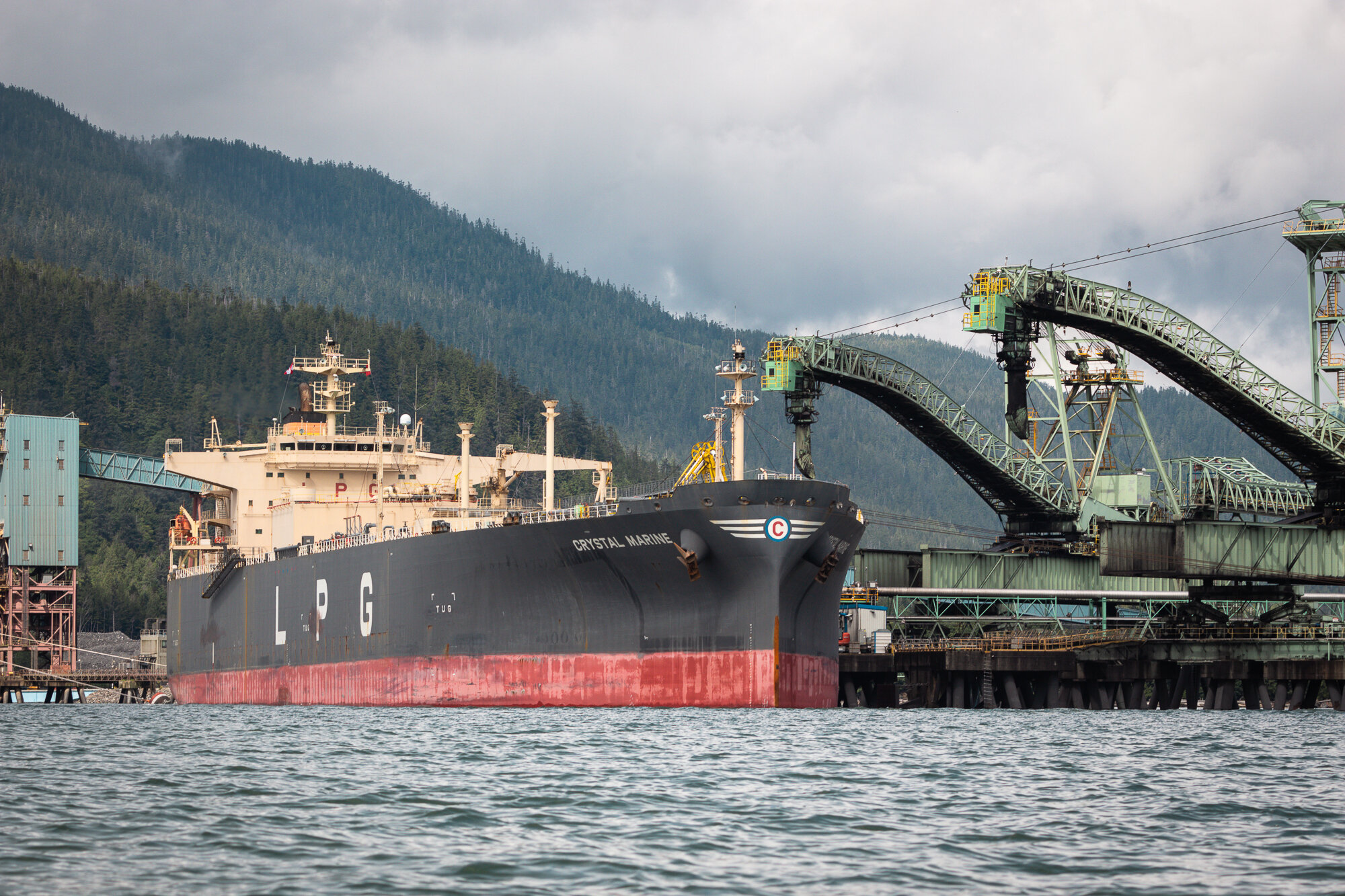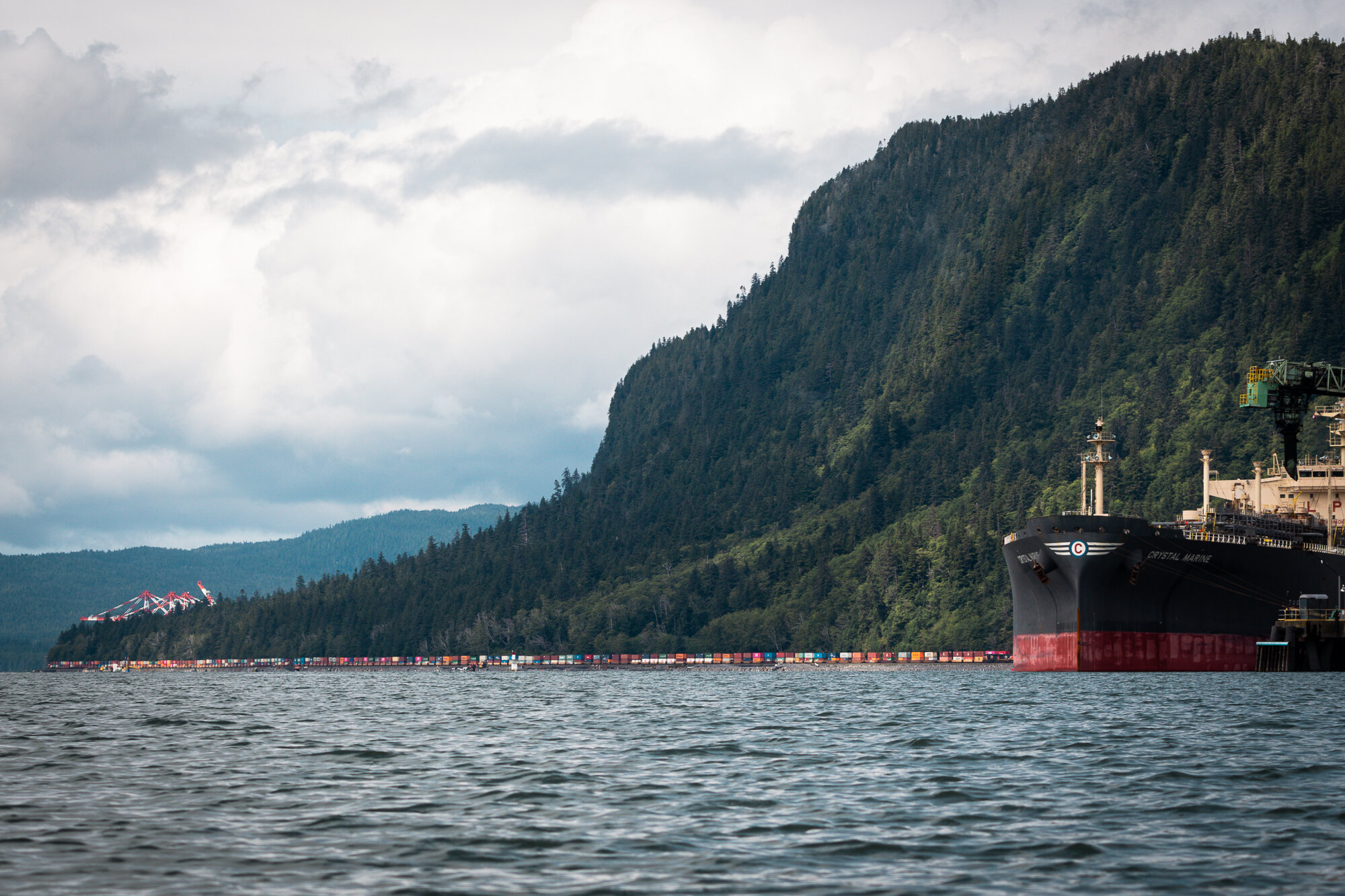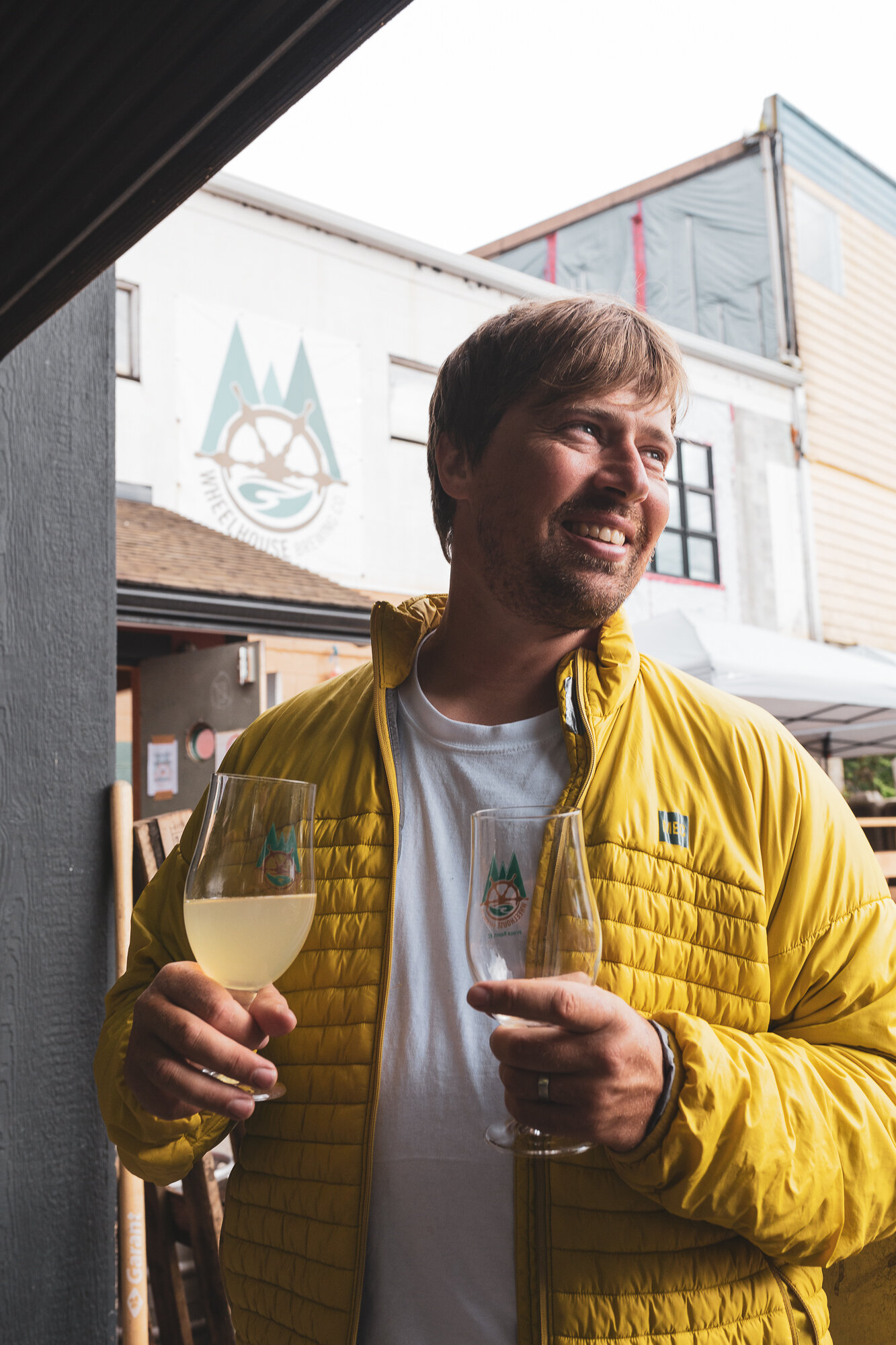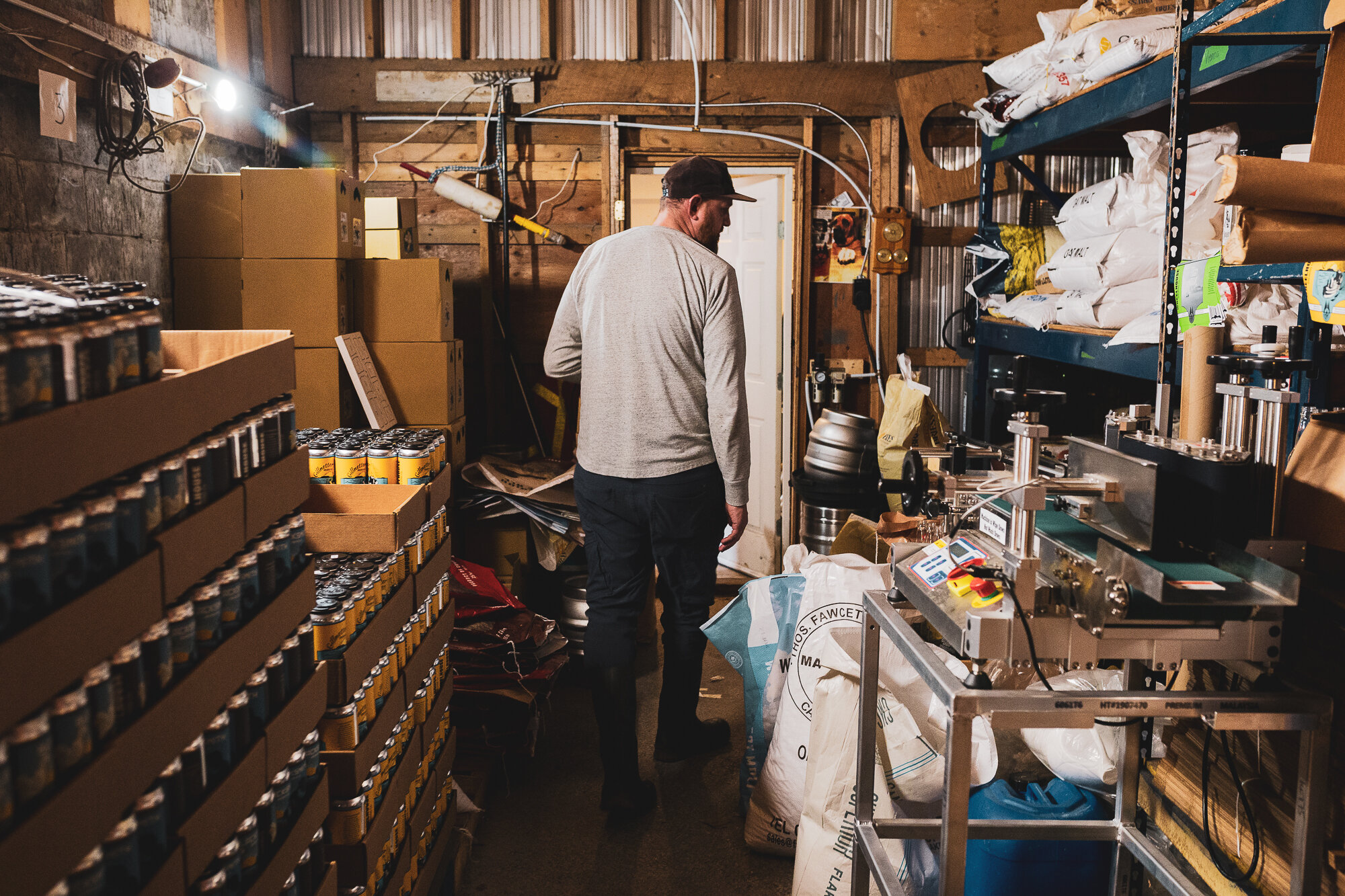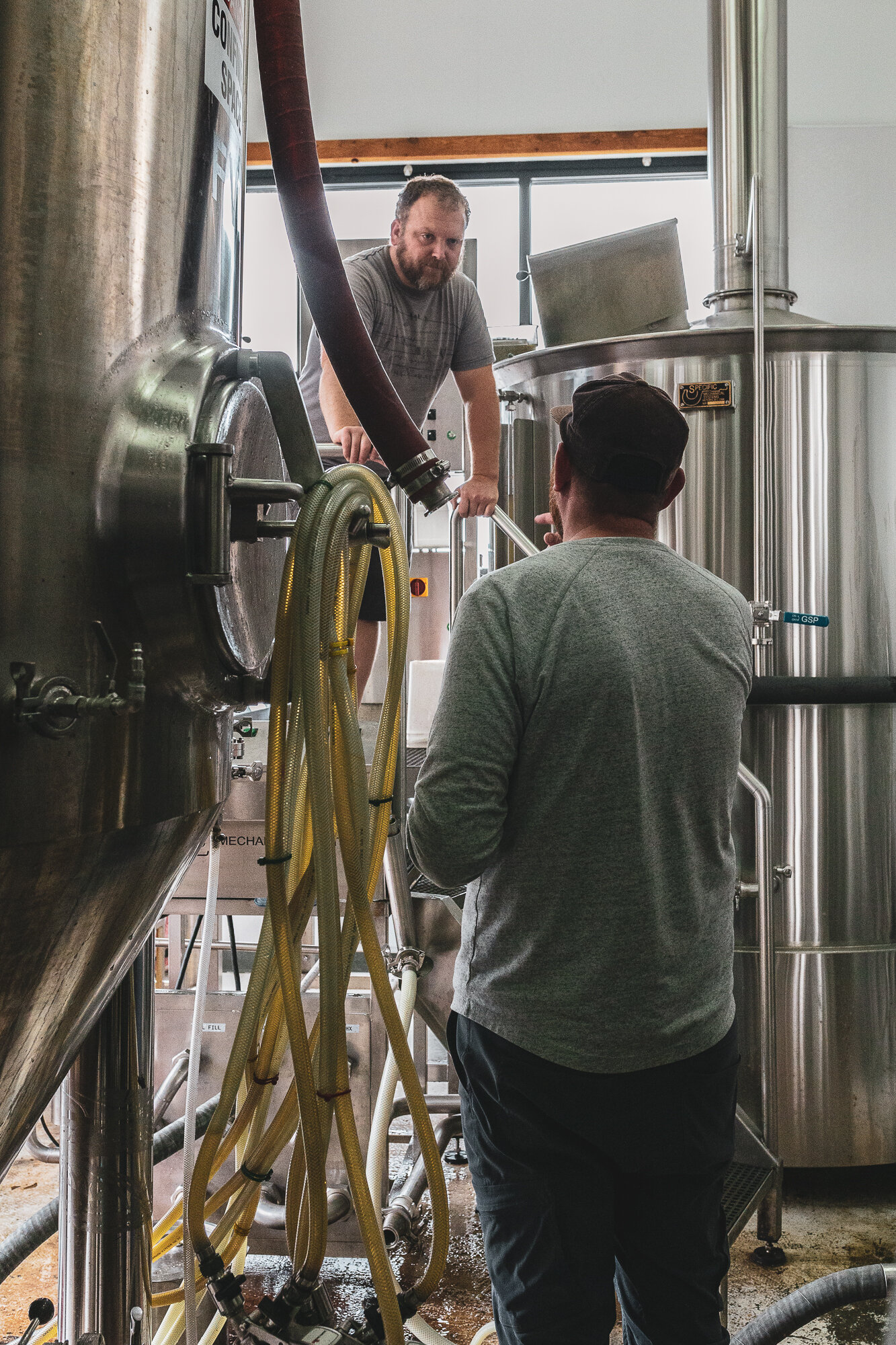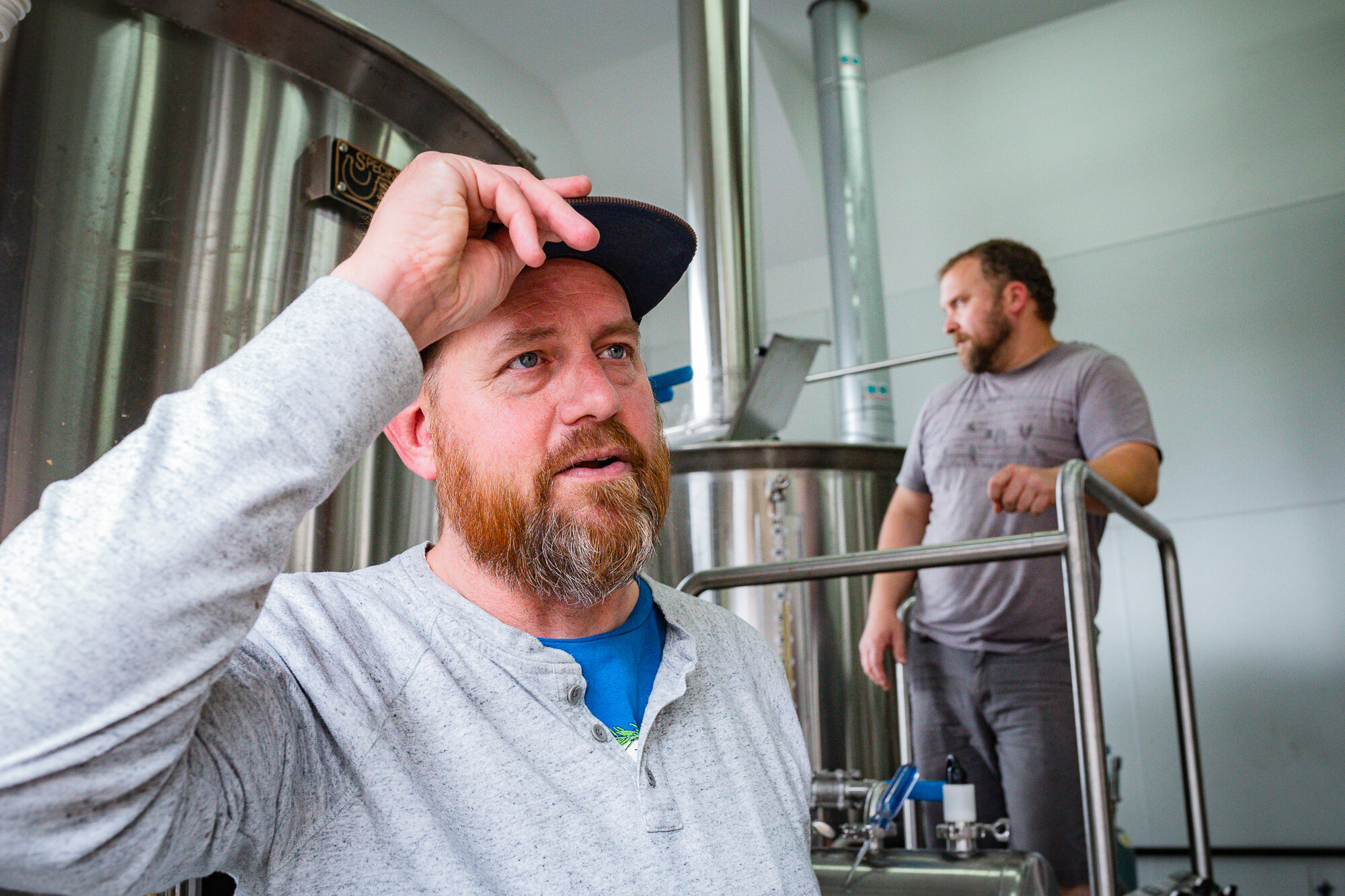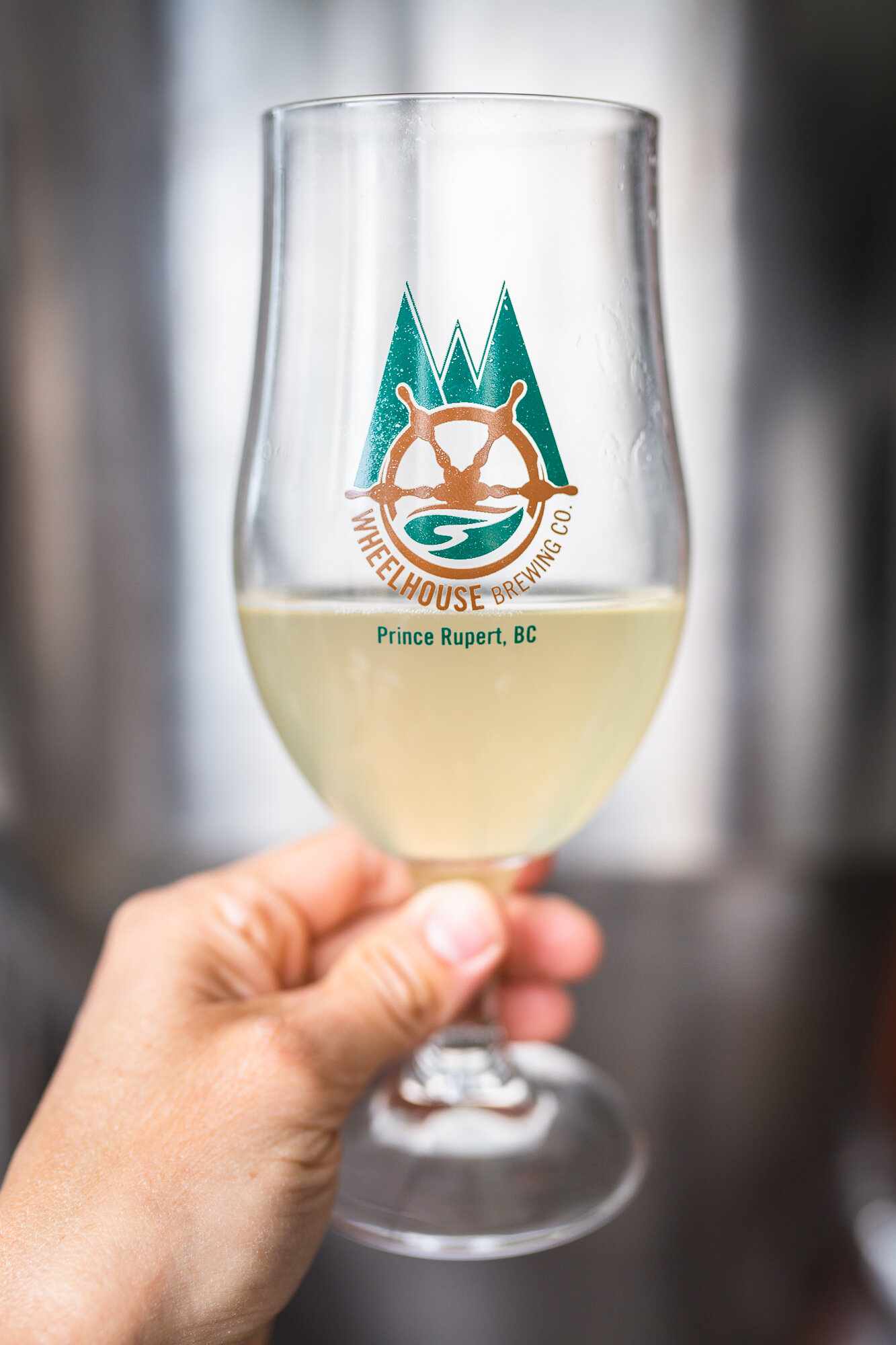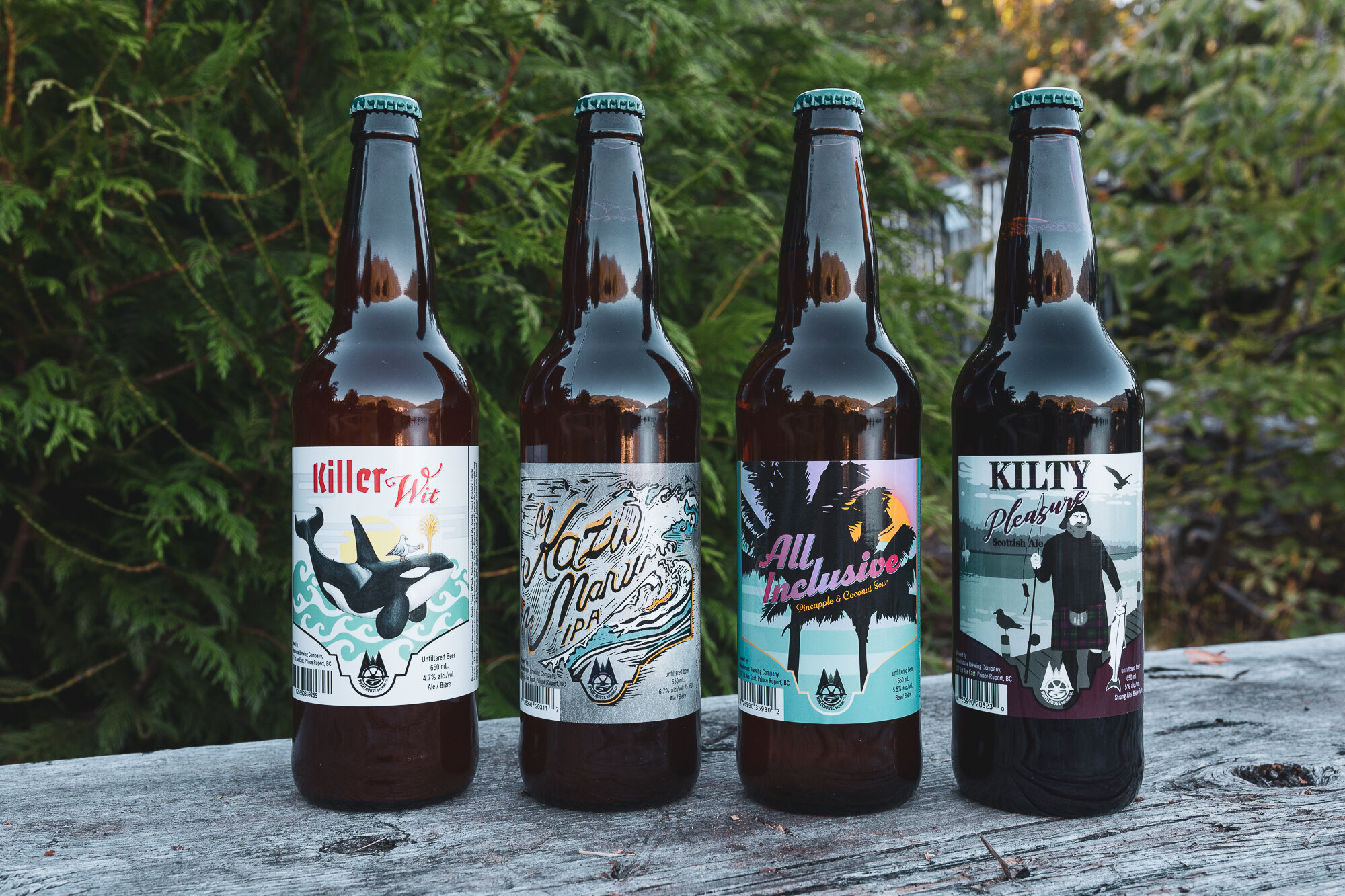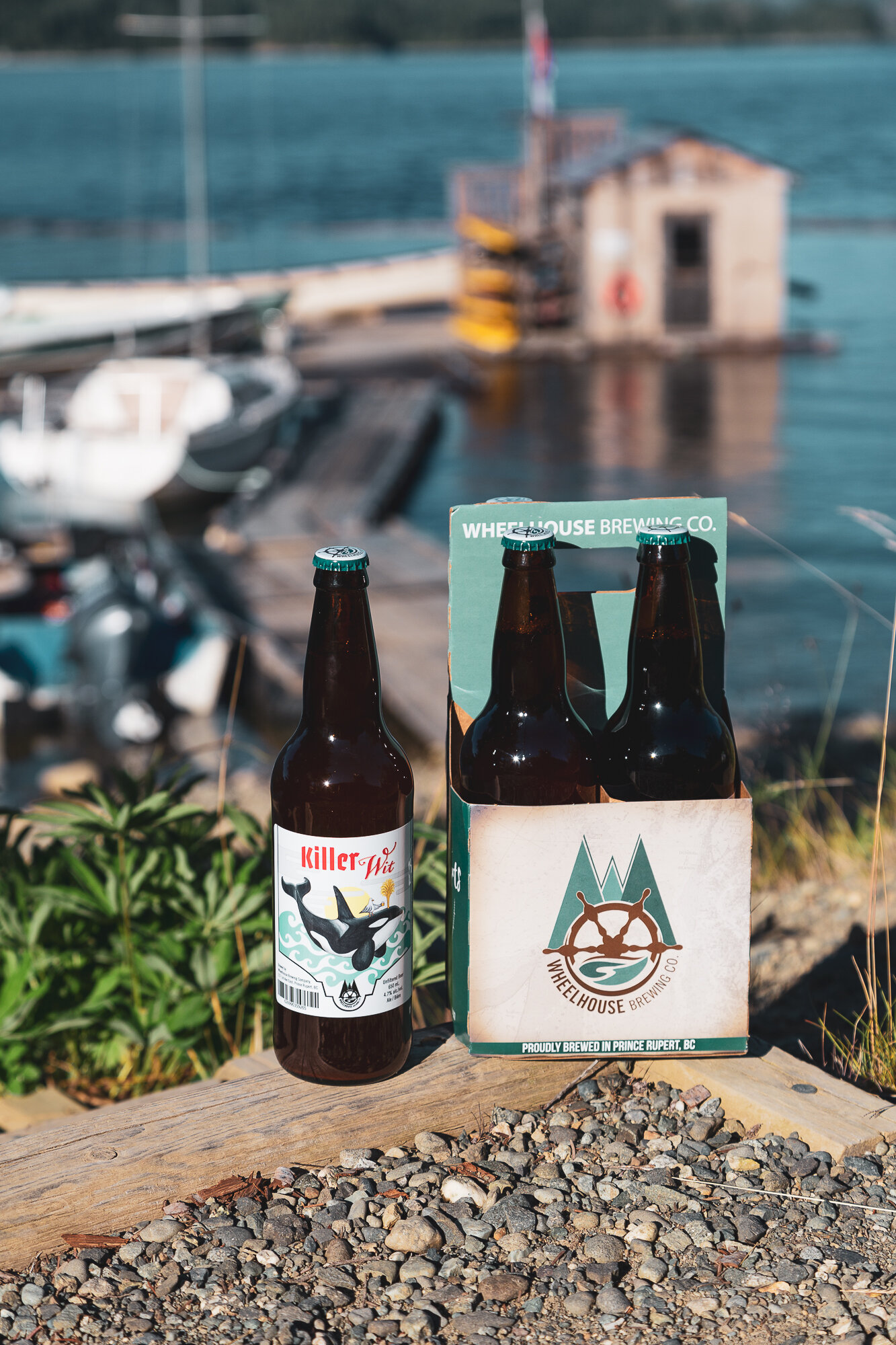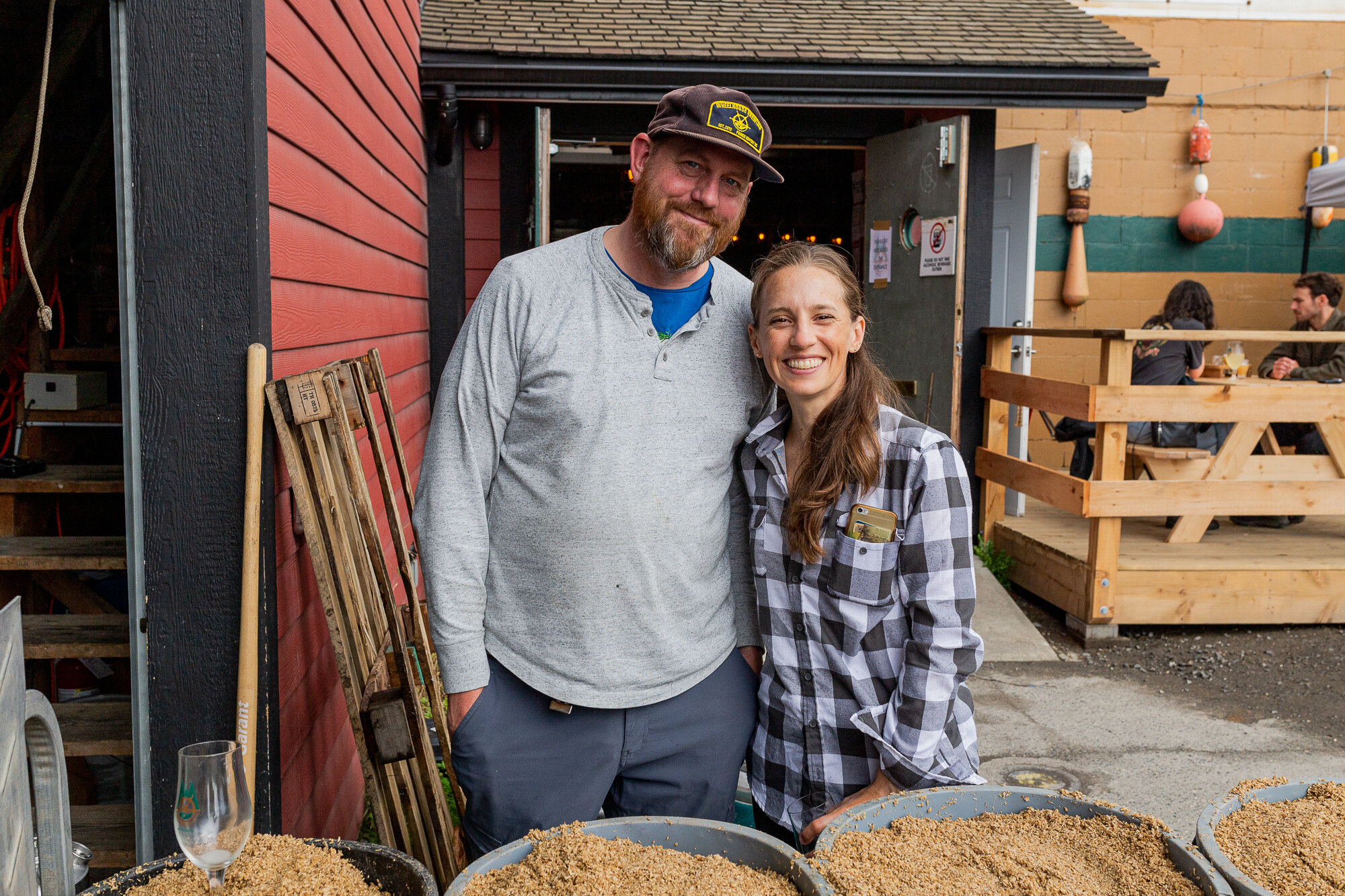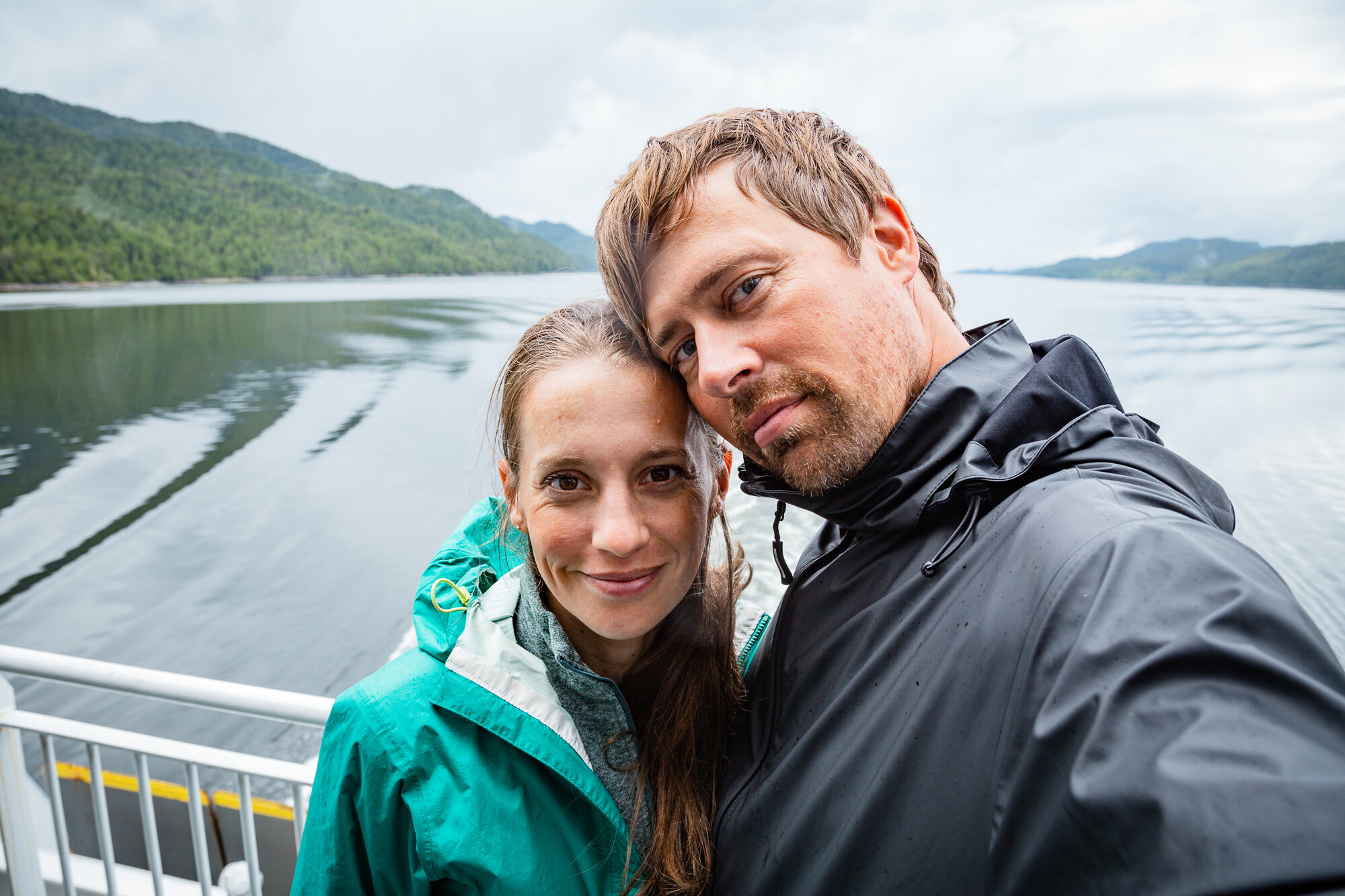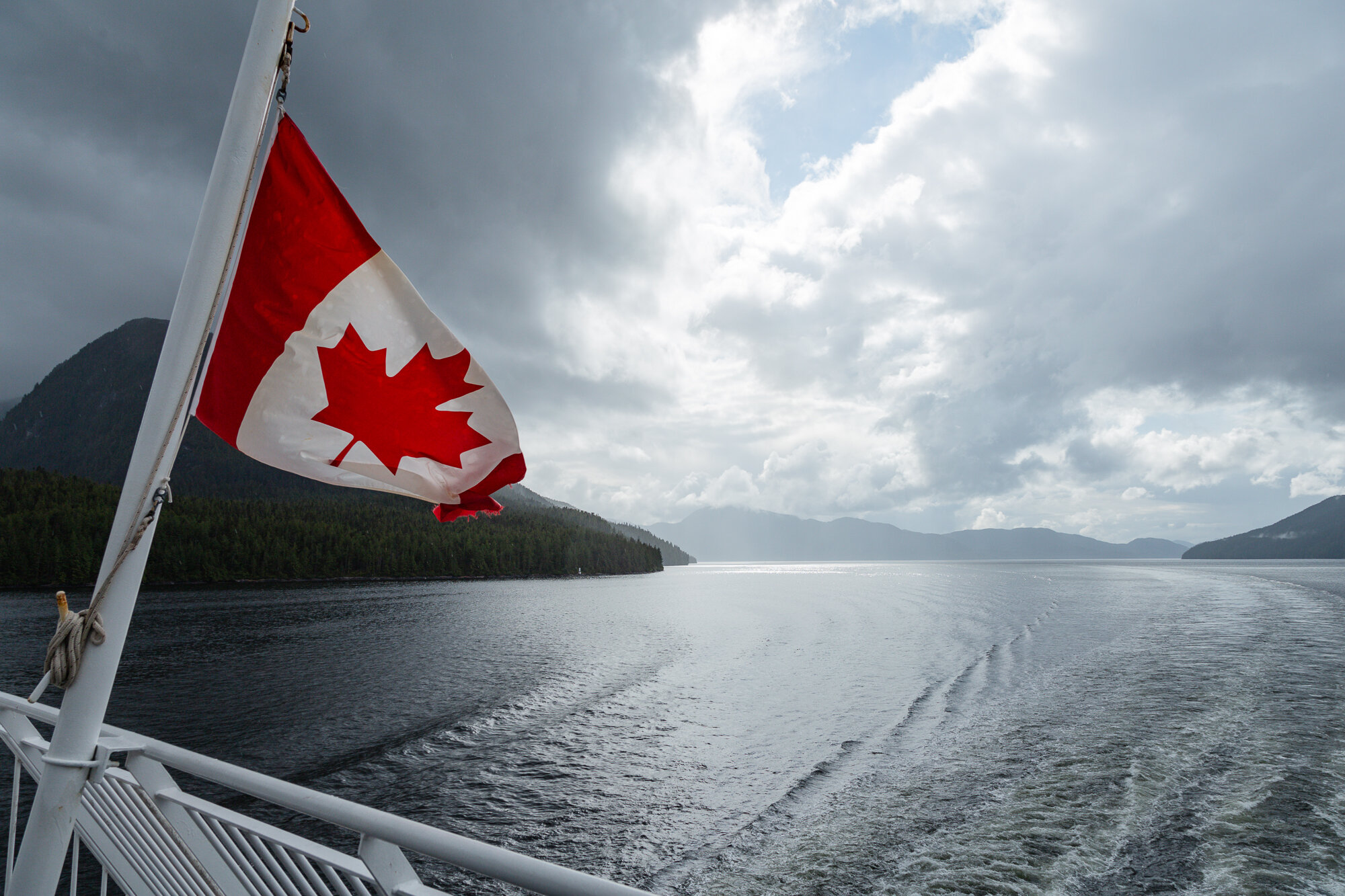Paddling The North Coast
This summer was marked by many things. Among those, it was a chance for my husband and me to explore the north coast waters south of Prince Rupert via kayak. After adjusting travel plans to accommodate what was being allowed by the BC government, as well as local First Nations* groups regarding COVID-19 safety protocols, we headed off. We made the decision to take the ferry from Port Hardy up to Prince Rupert and launch from there, with as minimal interaction with towns, cities and locals as possible. With 2+ weeks to work with, we decided the best option was to do a loop route, where distance, location, and speed would all be determined by the weather. At that point, we didn’t know this area would chart its rainiest summer within the last 100 years, but by the end of the trip, we’d believe it!
This is a special place with remote, yet achievable locations that hold something special for its visitors. The land has clear markings of the First Nations* who have lived and thrived in these regions for generations. Much of the sea-life evaded us, but evidence of wolves, porpoise, abalone, seals, and countless bald eagles pointed to a cast of diverse ecosystem players, living out their best lives every day.
I have a photographic gallery of the North Coast (this same trip) on my wider photography page, but below is a more intimate take on some of the technical day-to-day things on the trip.
Using every square inch of the kayak for food and gear, reading stories to pass the soggy beach time, setting up the ‘kitchen’ on logs, making friends with neighboring boats seeking shelter and beauty, Banks’ Islands relentless black flies, and the foreshadowing of starting our trip by packing the kayak beside a vessel named ‘Raindrop’, all seemed part of the final story of this experience.
We both left with only a marginal understanding of this complex locale (not enough time!) but came away believing the people and the spirit of this northern community are a welcoming place. Upon our arrival, we met with Joe from Skeena Kayaking who helped us move our boat and invited us to meet up for a drink and to share useful information. (Call him if you need a transport, or if you’re interested in kayaking that region with a guide - he can set you up!) We met Nick and Evelyn Vogel who live on a beautiful boat named Beggar’s Tune which he crafted himself while living in Winnipeg working as a teacher. Upon retirement, he and his wife shipped the craft to the coast and live on it year-round. It took 7 years and his only piece of parting advice was to “Buy a boat, don’t build a boat! Don’t. Build. The. Boat. Especially out of wood.” So, take heed should you ever considering doing something similar!
Finally, the trip was completed by a delightful tour of Wheelhouse Brewery, by good friend and co-founder Craig Outhet. What started as a passion project is now a local hot spot for all things craft beer (and home-brewed ginger-beer for those of us with lighter palates). With names like Kilty Pleasure, Killer Wit, and Kazu Maru, you can’t help but smile. It had been 9 years since I’d last been to Prince Rupert for Craig’s wedding to CBC morning host (and super mom) Carolina, but they have built a life and home that would make any friend proud. It made the trip, really.
And isn’t that what it’s about? In this weird time of distance, and space, and new social dynamics, rediscovering the new with the old is refreshing and worth dancing on the ferry deck for. (Or, watching someone dance on the ferry deck for.)
I hope you all get a chance to explore this region and see both these things and the others that I’ll have to catch on the ‘next trip’ when it’s all safer to do so.
[For more in-depth stories related to the images and this trip, please follow along with my photography Instagram account: @loudahlphotography]
*During this trip we were honoured to be able to pass through the Queen Charlotte Sound and Hecate Strait, homes to many First Nations territories. We acknowledge the graciousness of these First Nations peoples both in those who’s communities were closed (Heiltsuk Nation) and those we were allowed to paddle within - the Metlakatla and Gitxaala Nation land. You cannot travel through this region and not see the rich history of people who have and are, living life and building communities here. From the archaeologically important white midden beaches to the clam gardens that still thrive, and canoe runs that make a gnarly beach home for the night, we thank you for the chance to explore this unceded traditional tribal territory. It was a treasure to learn and be in awe of.
